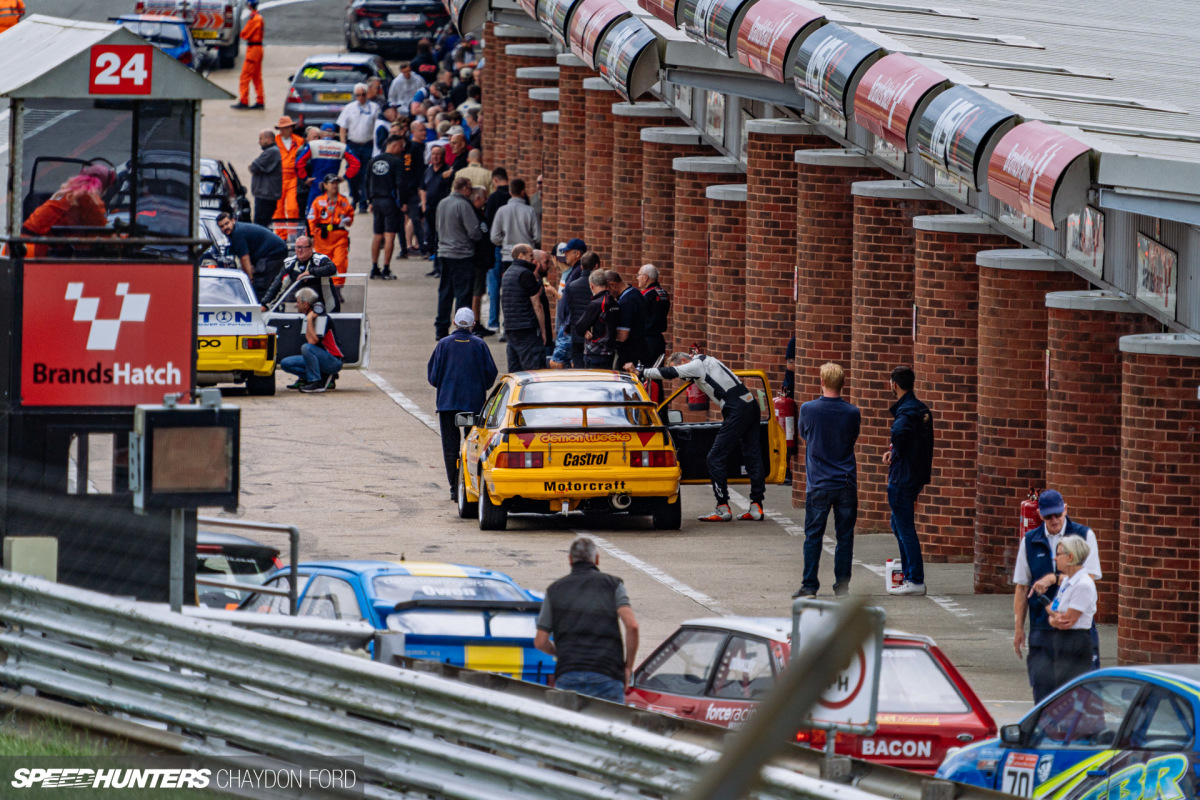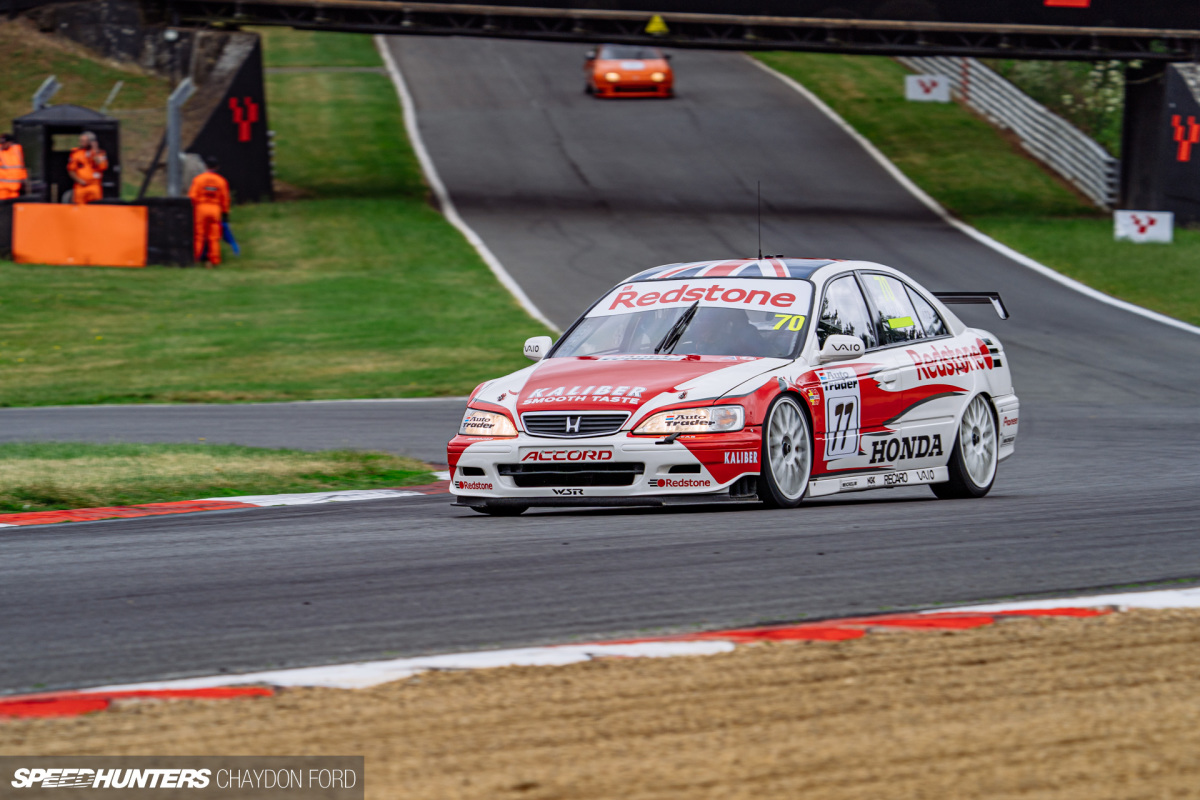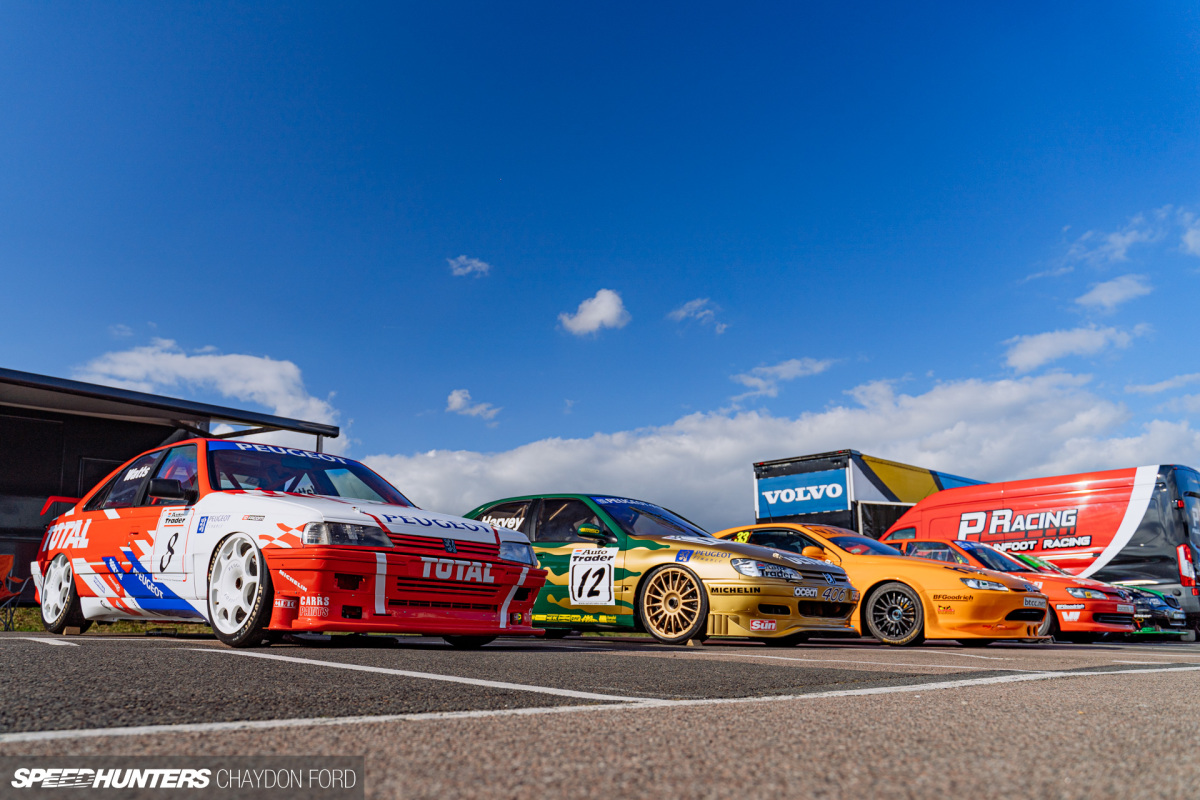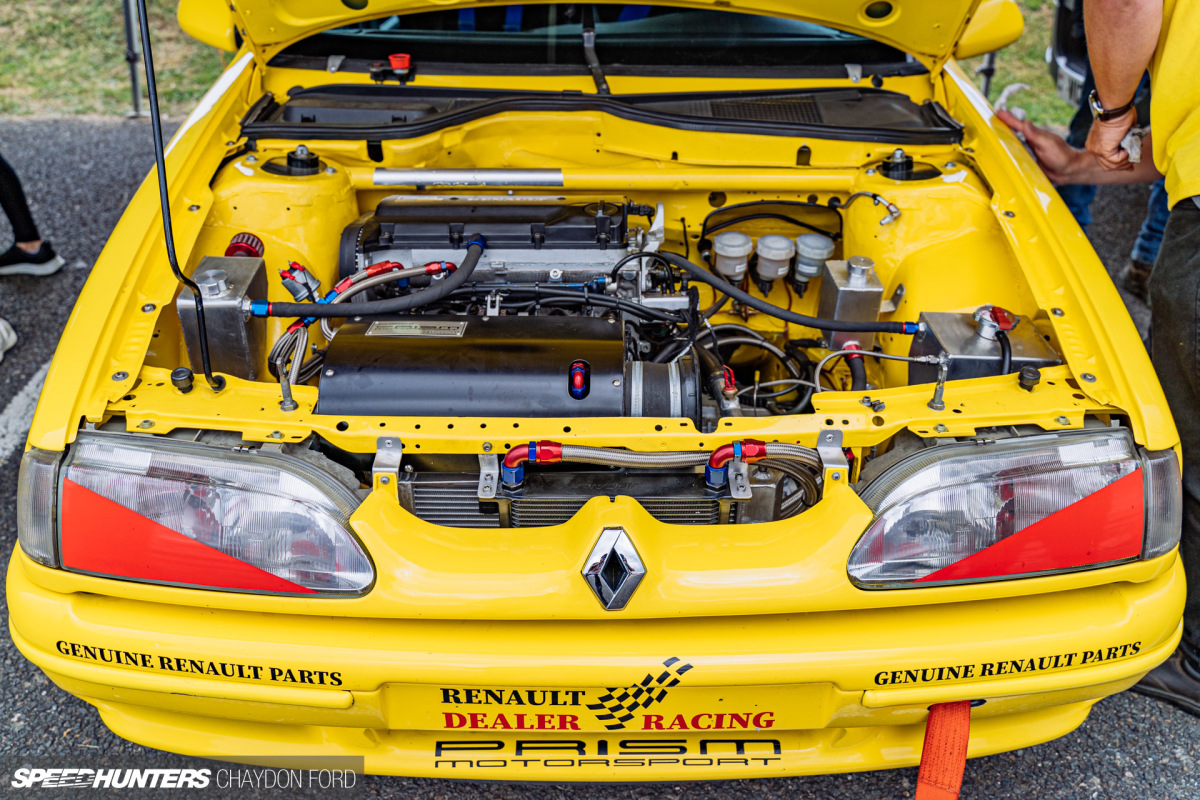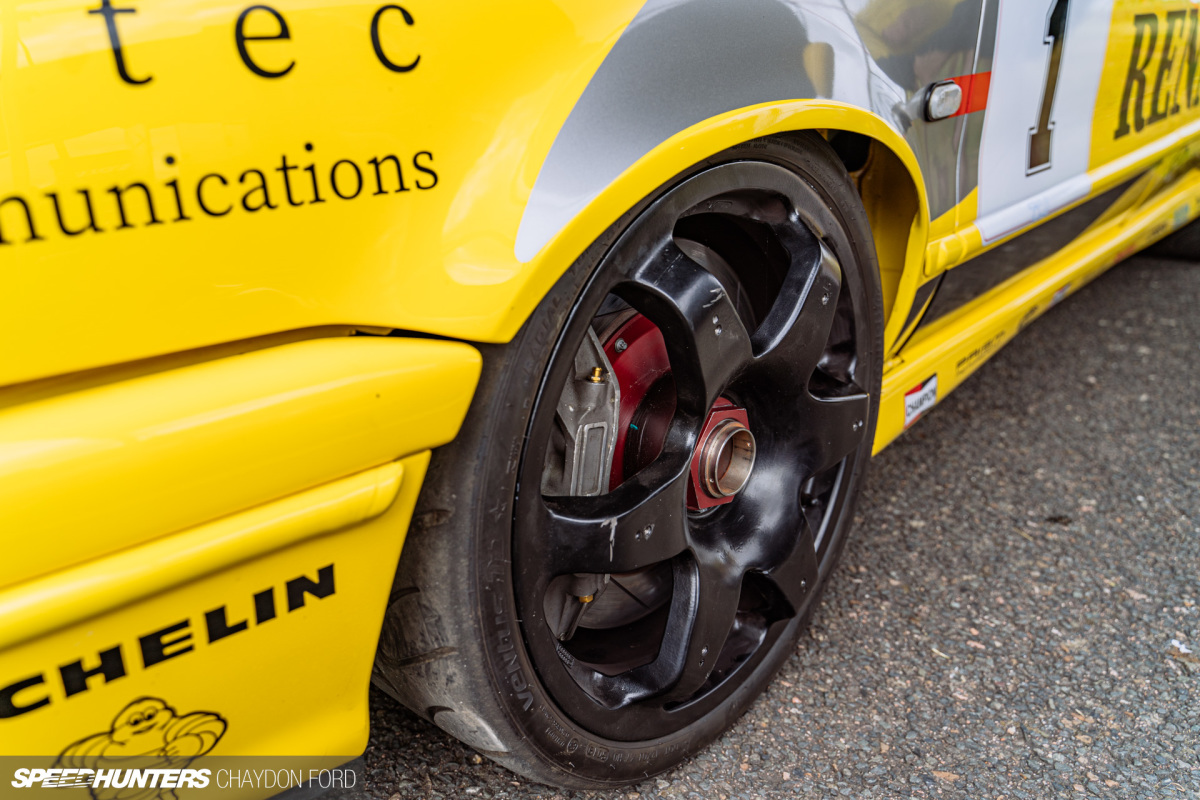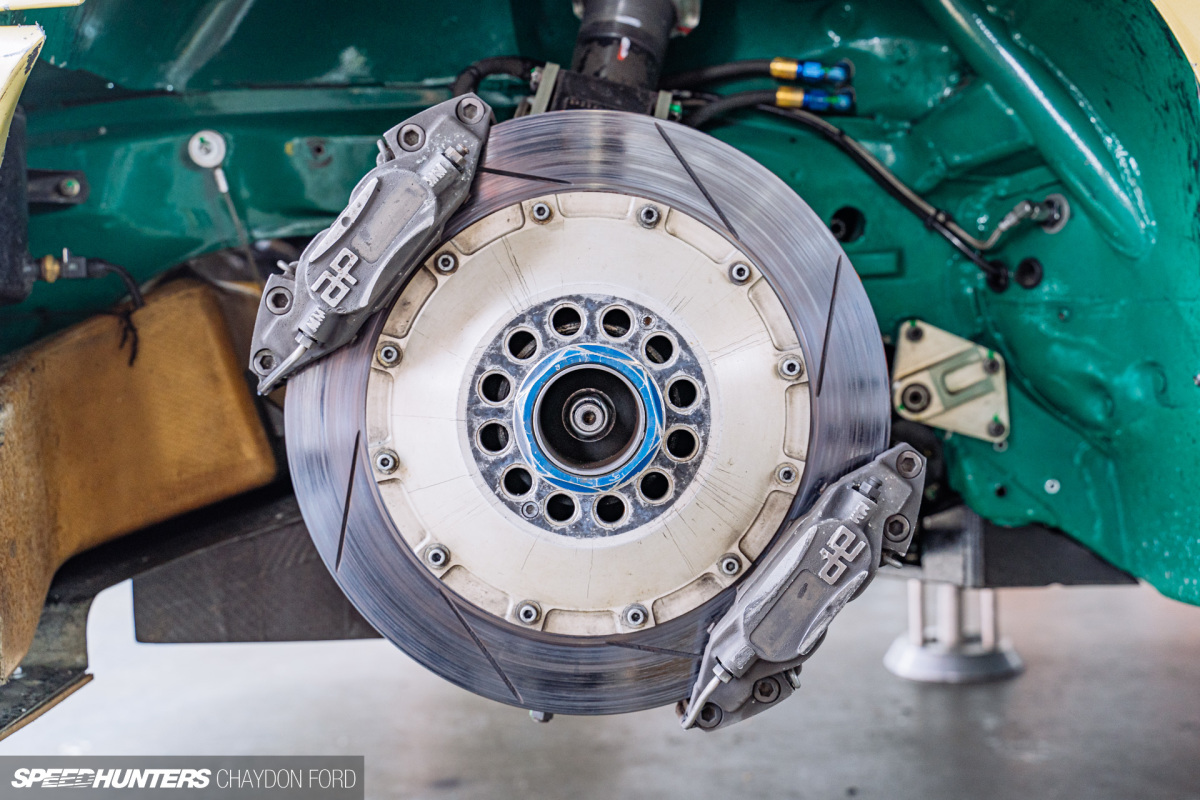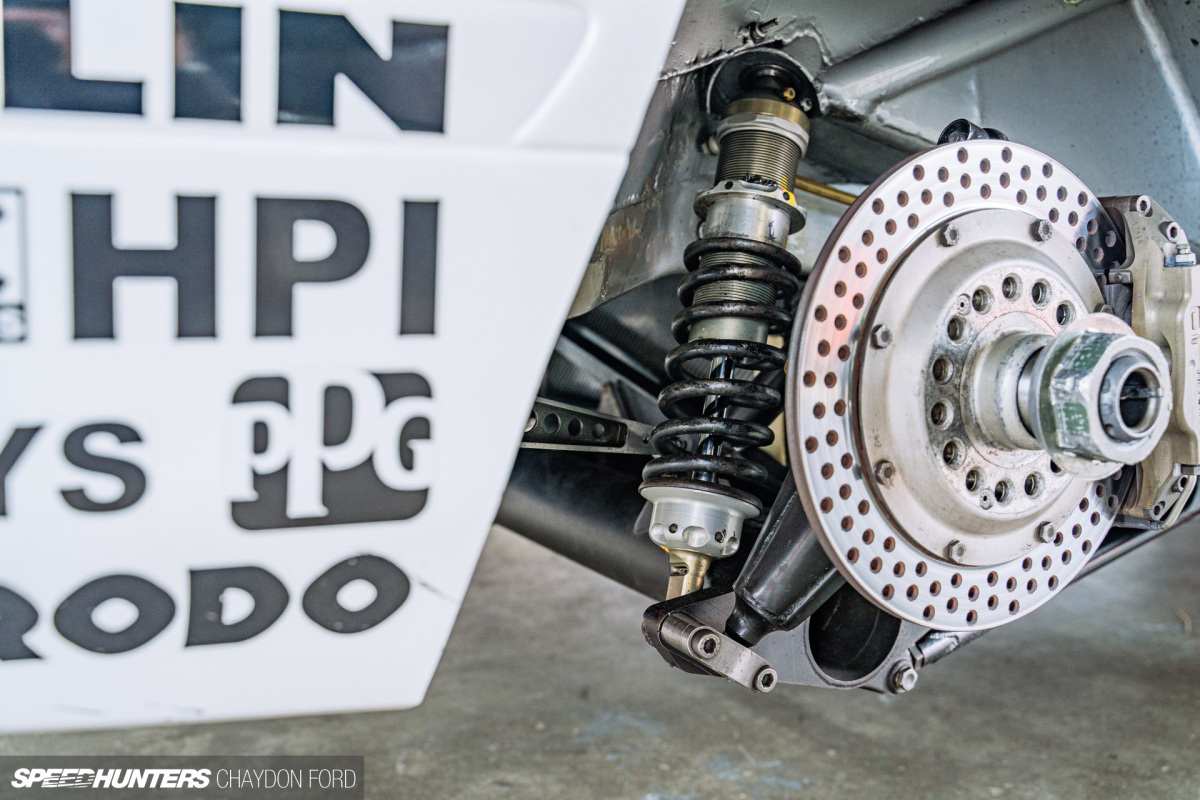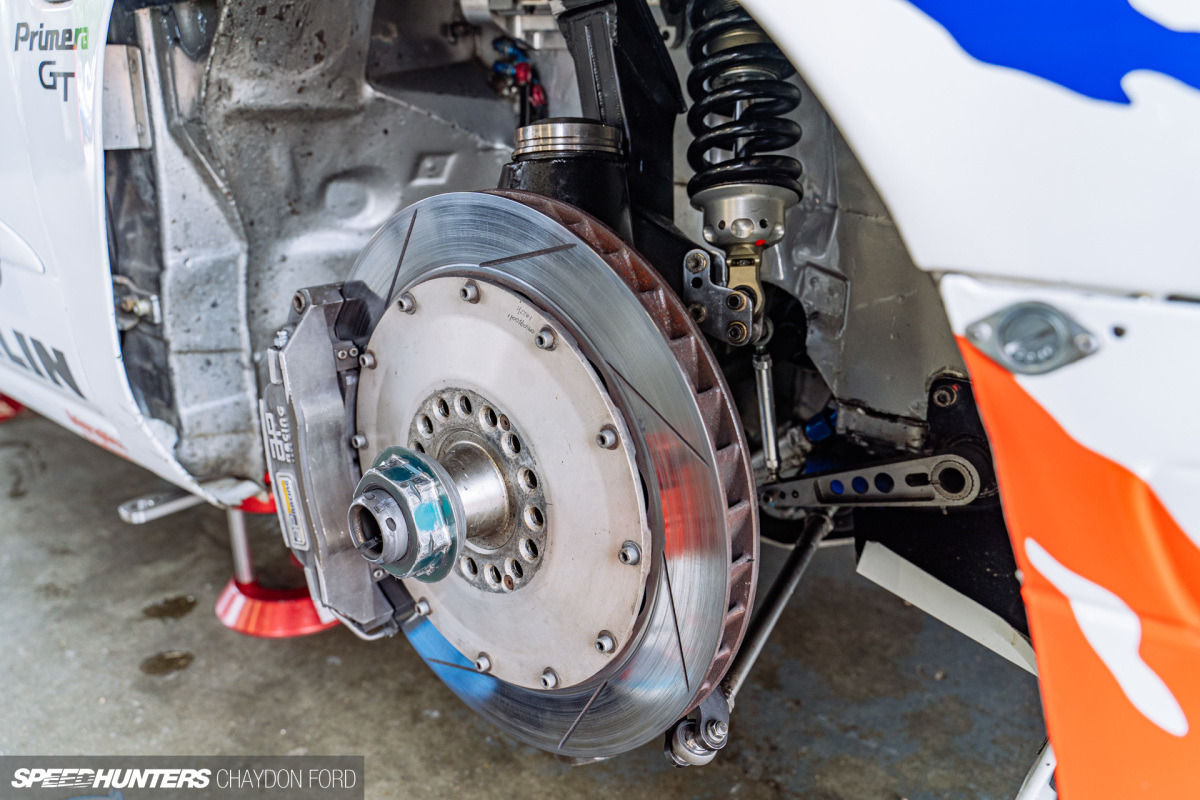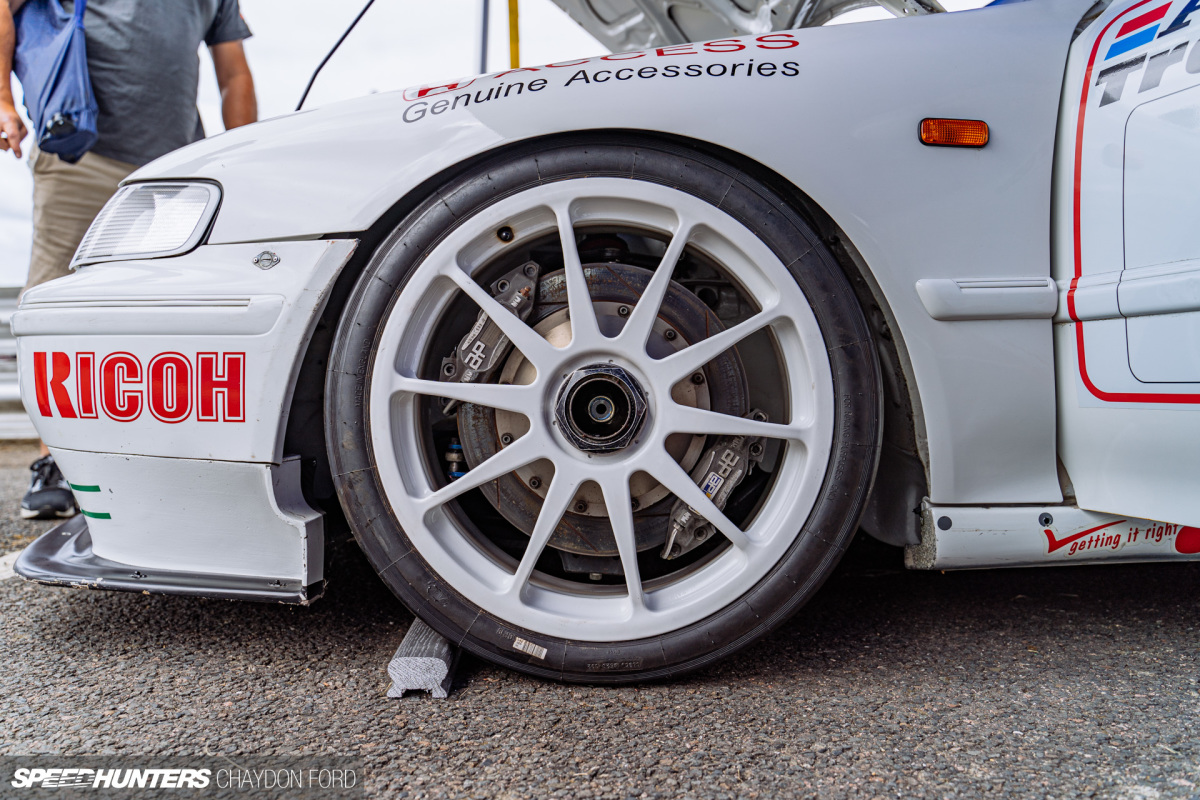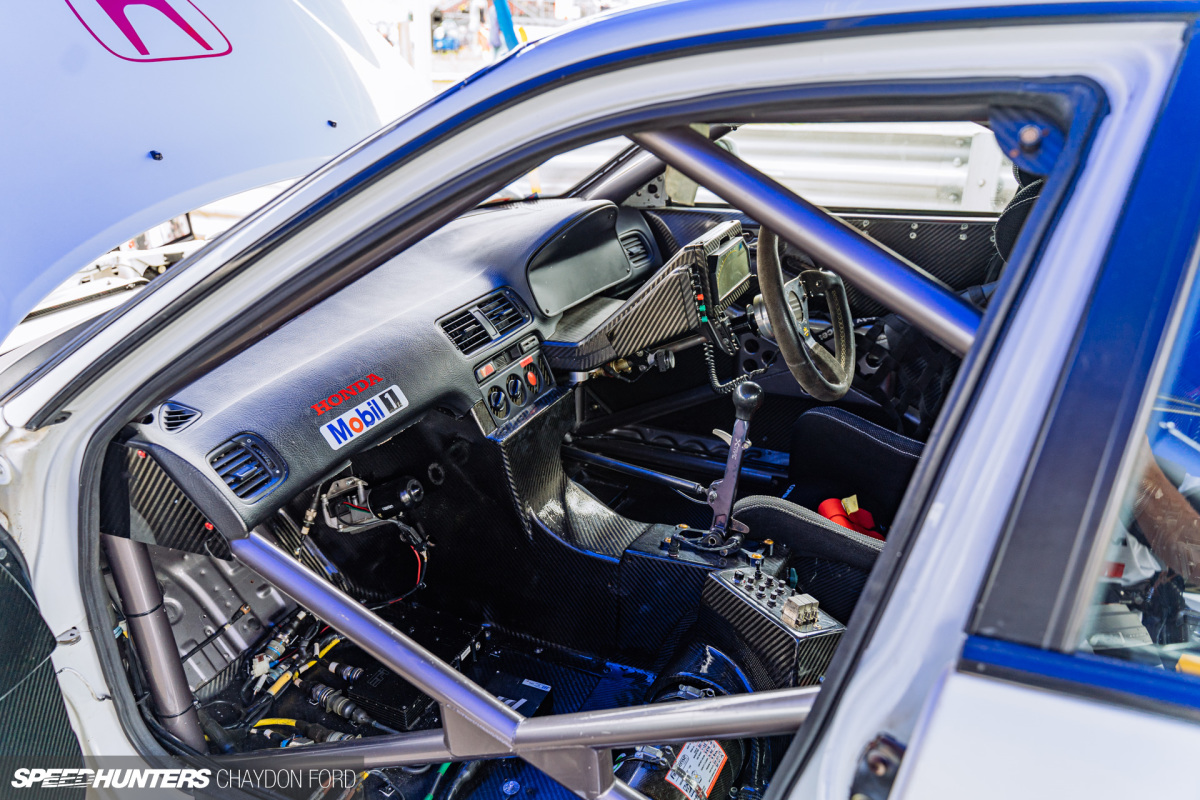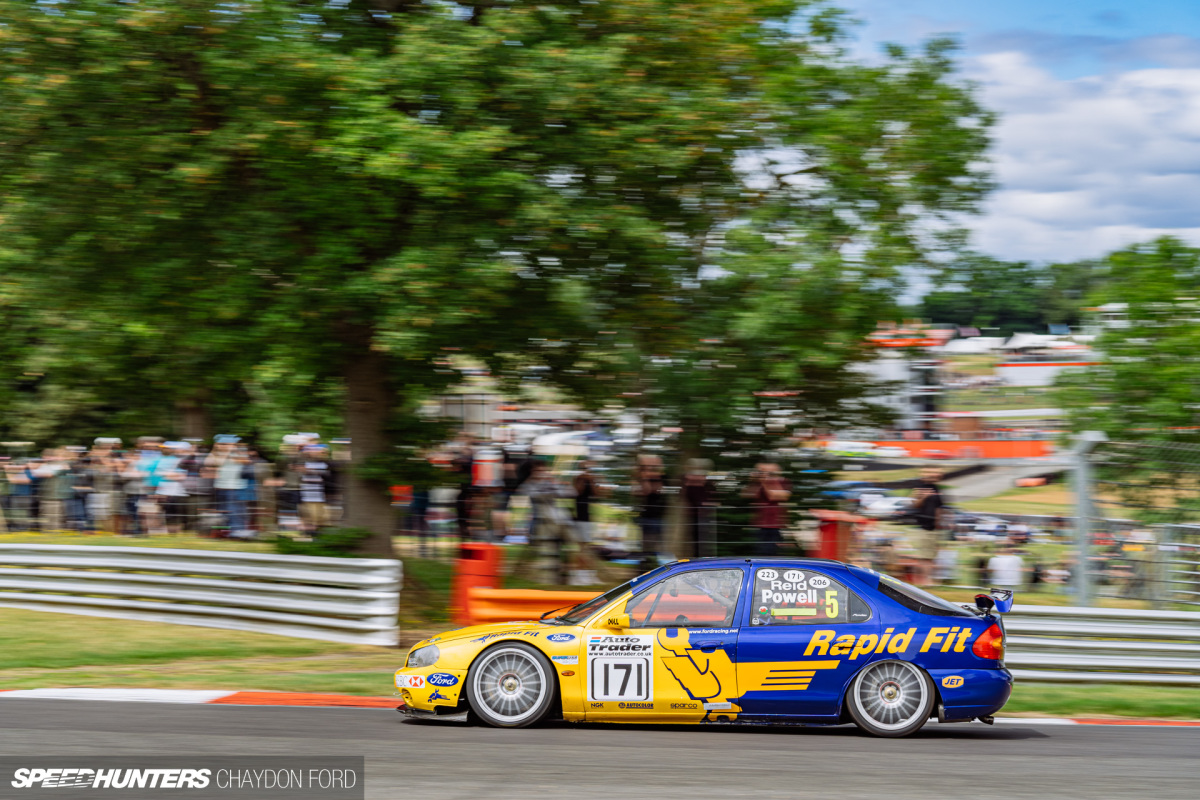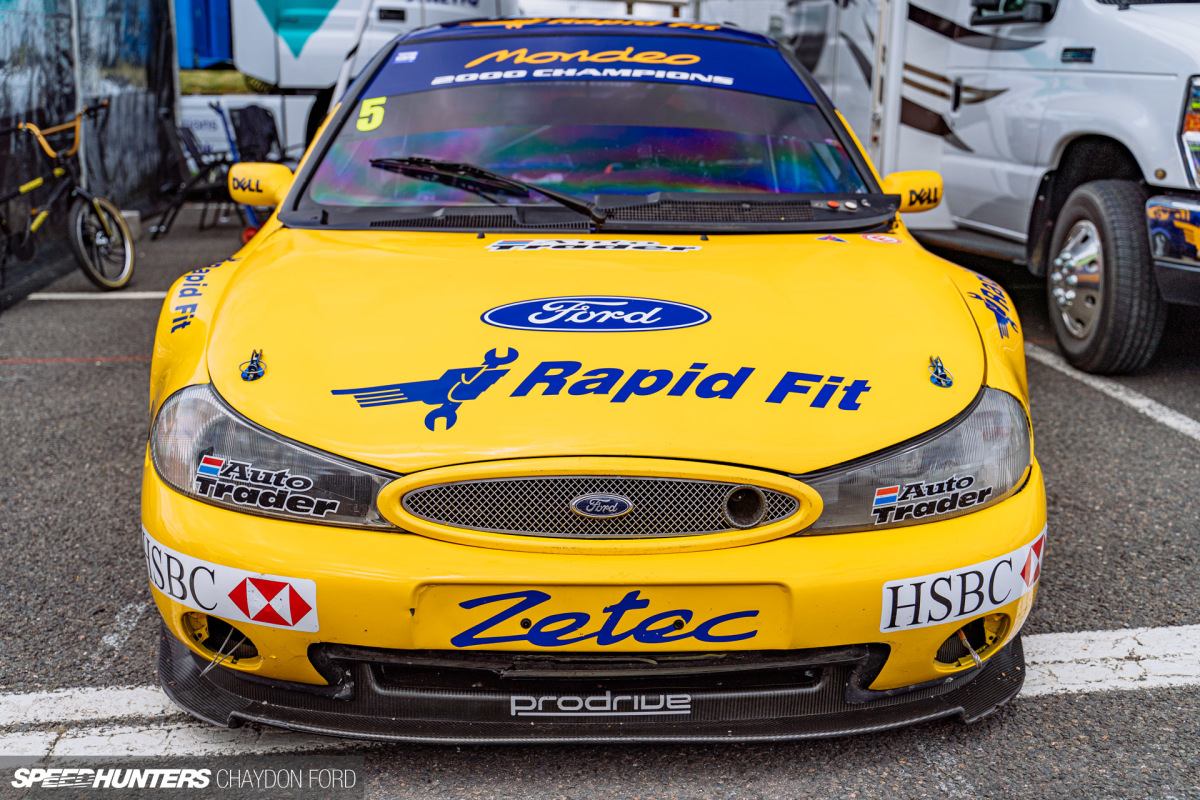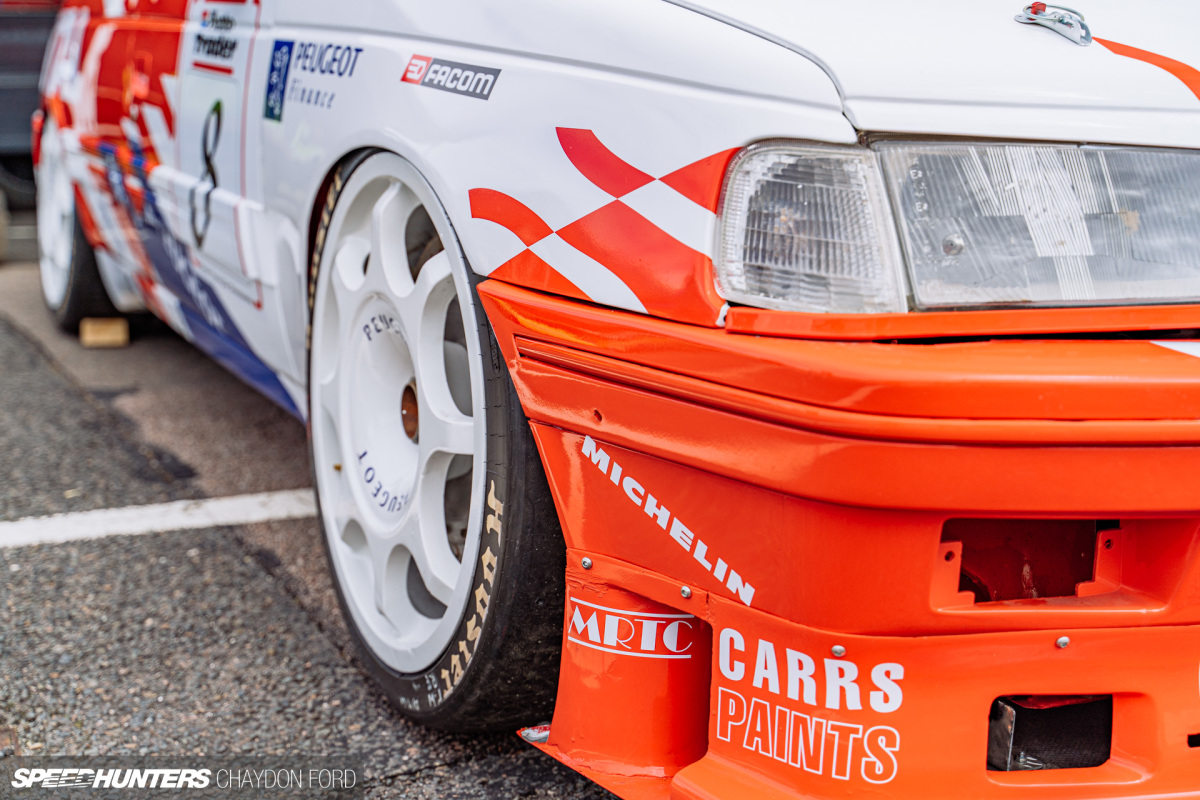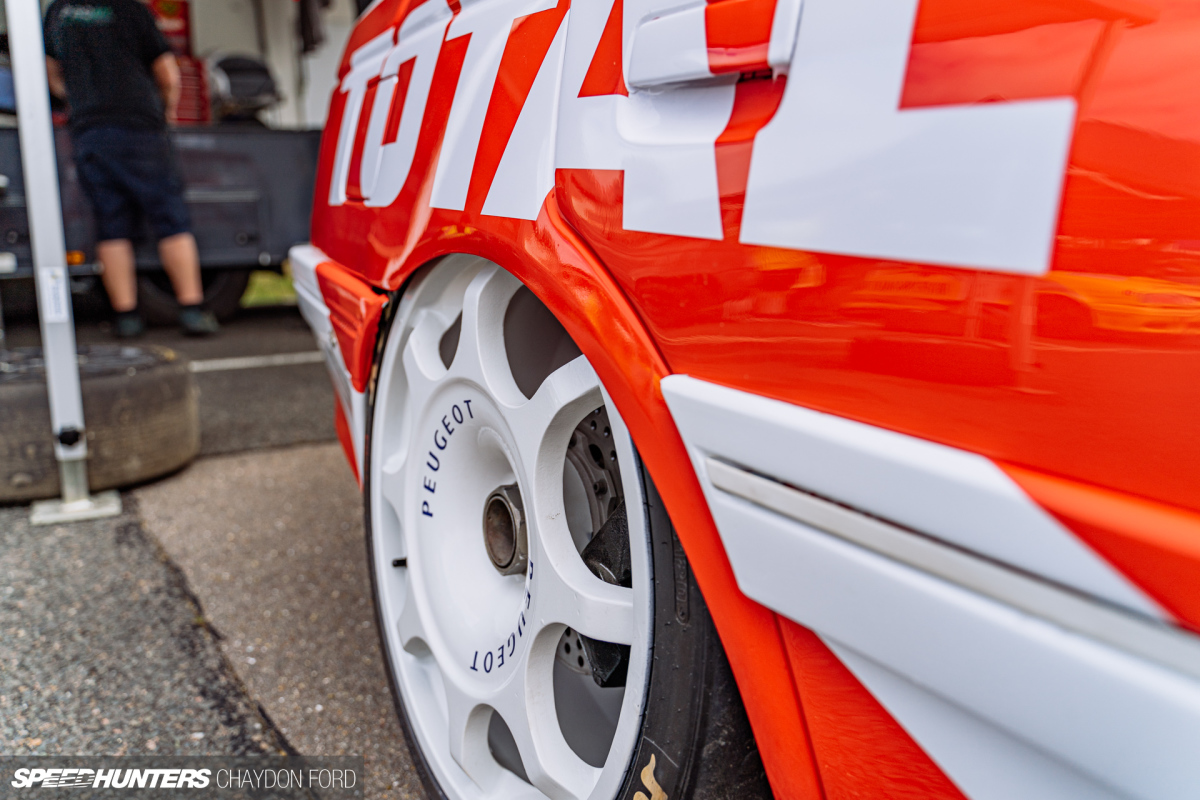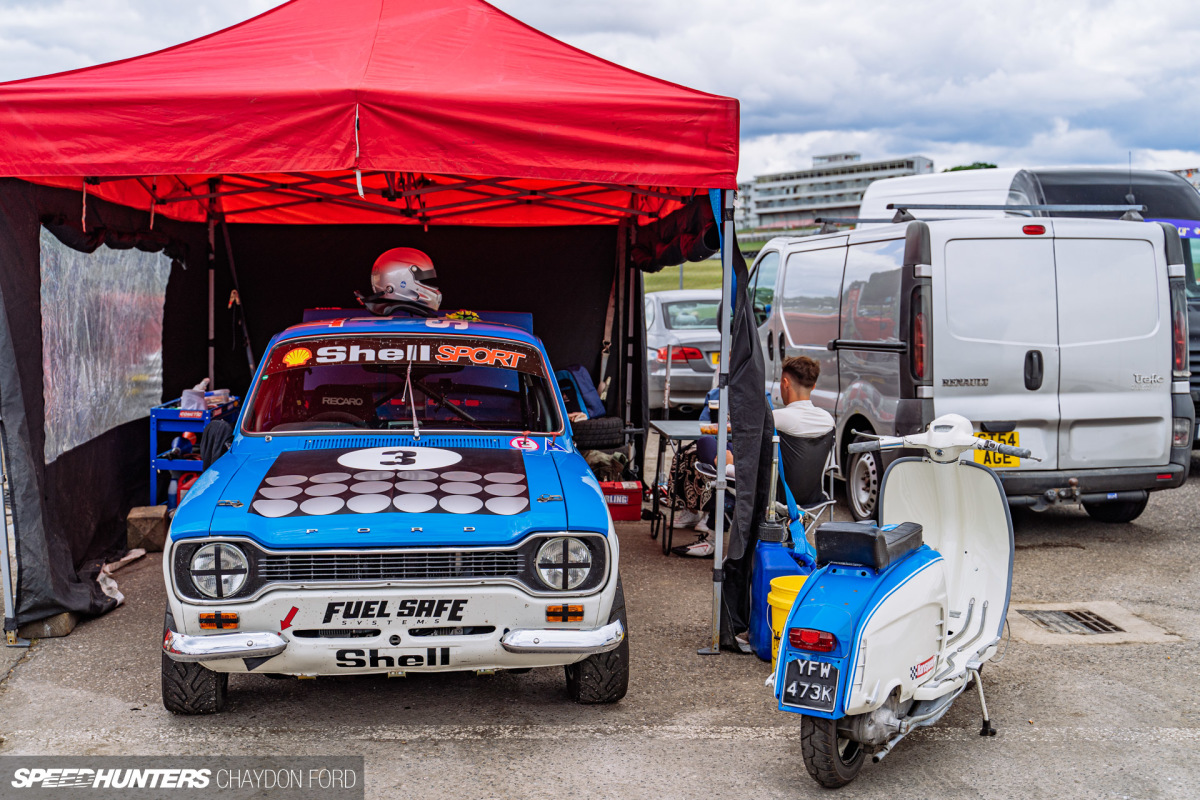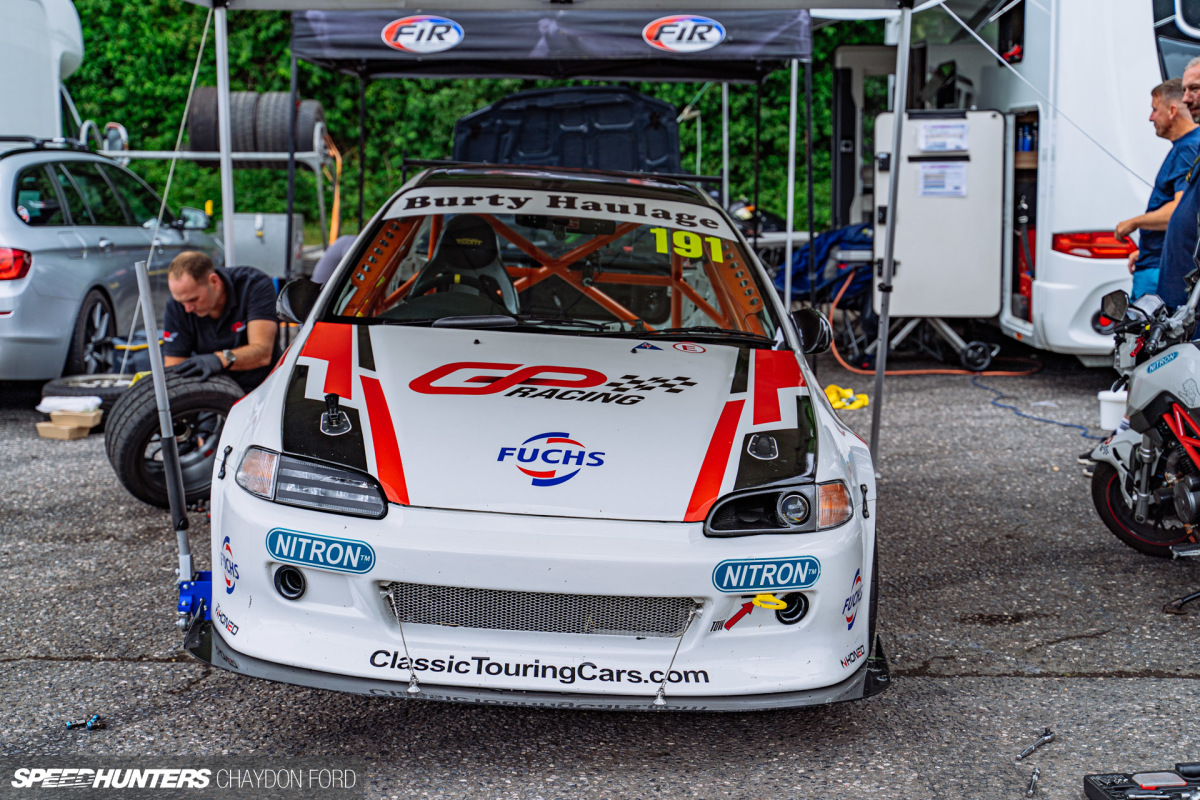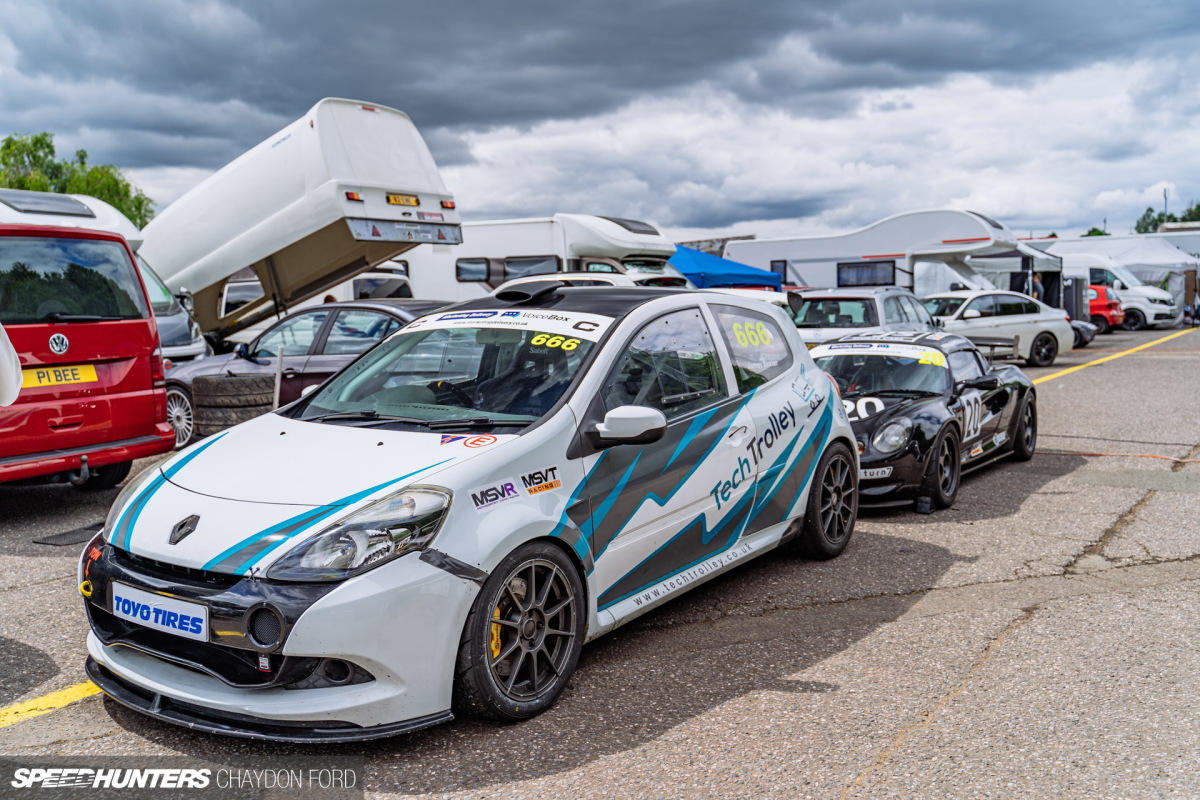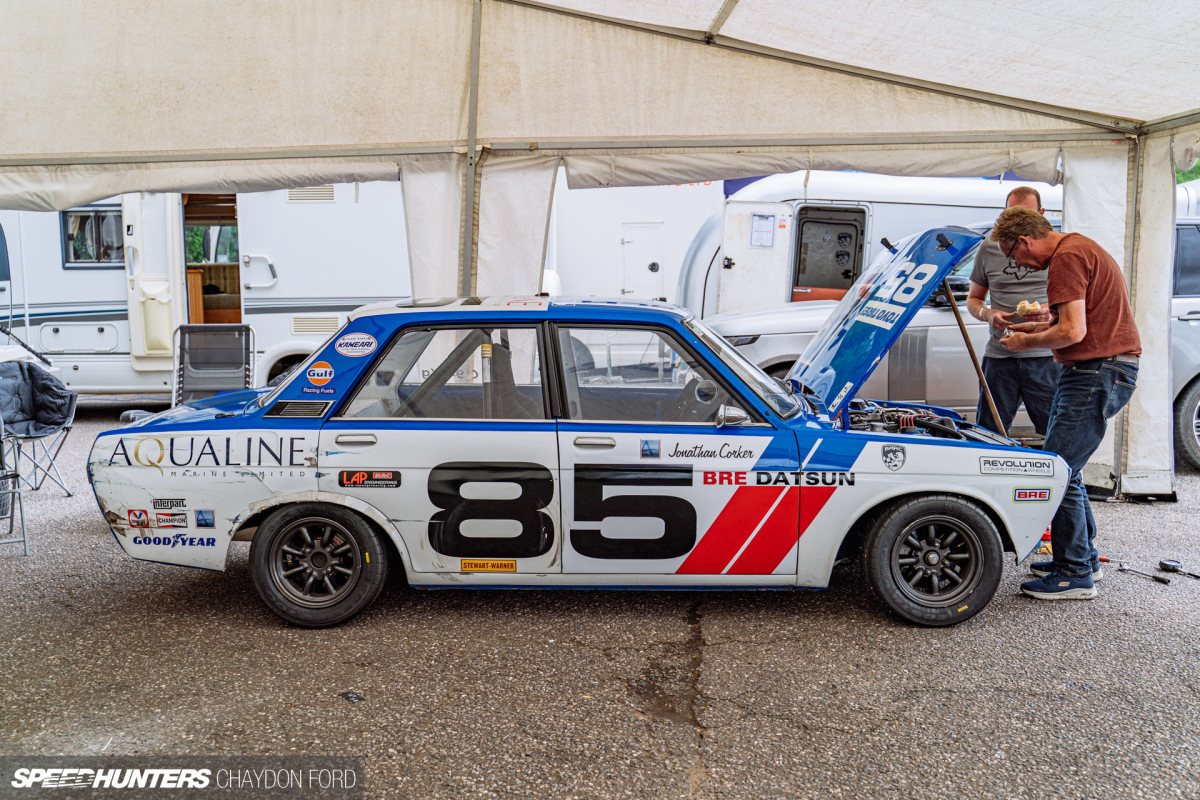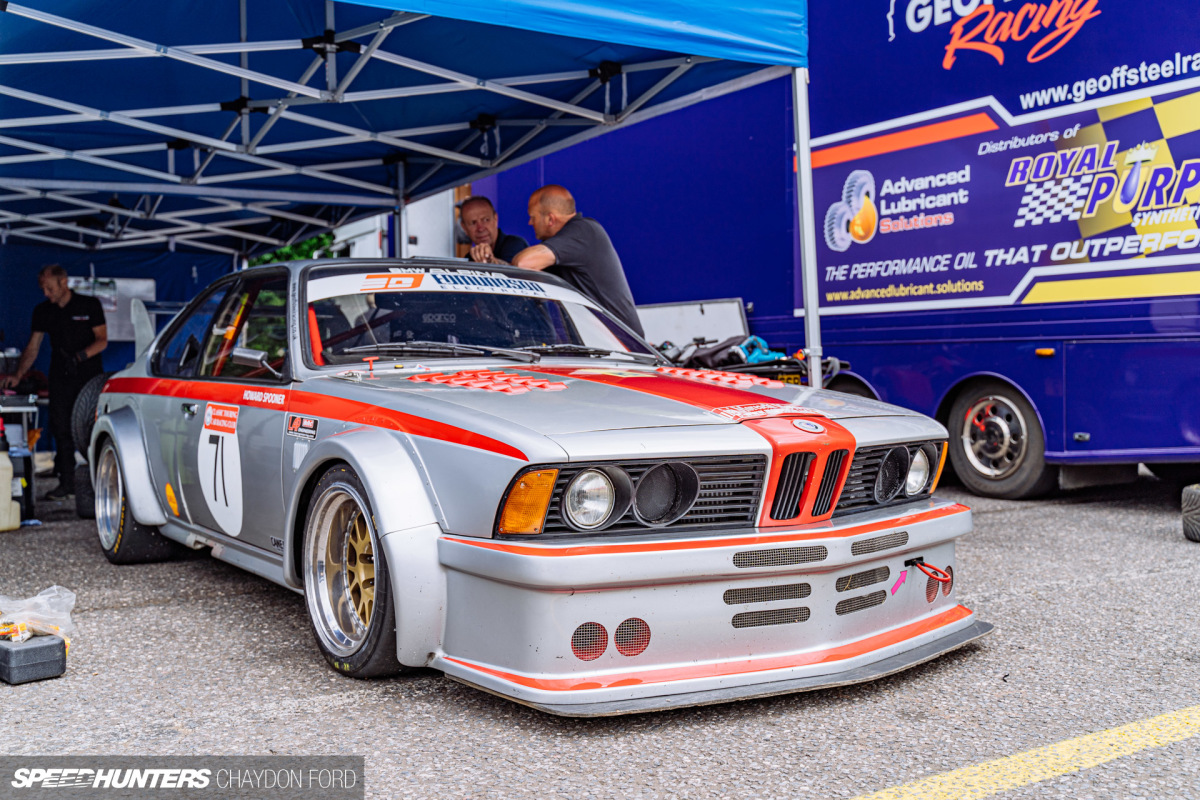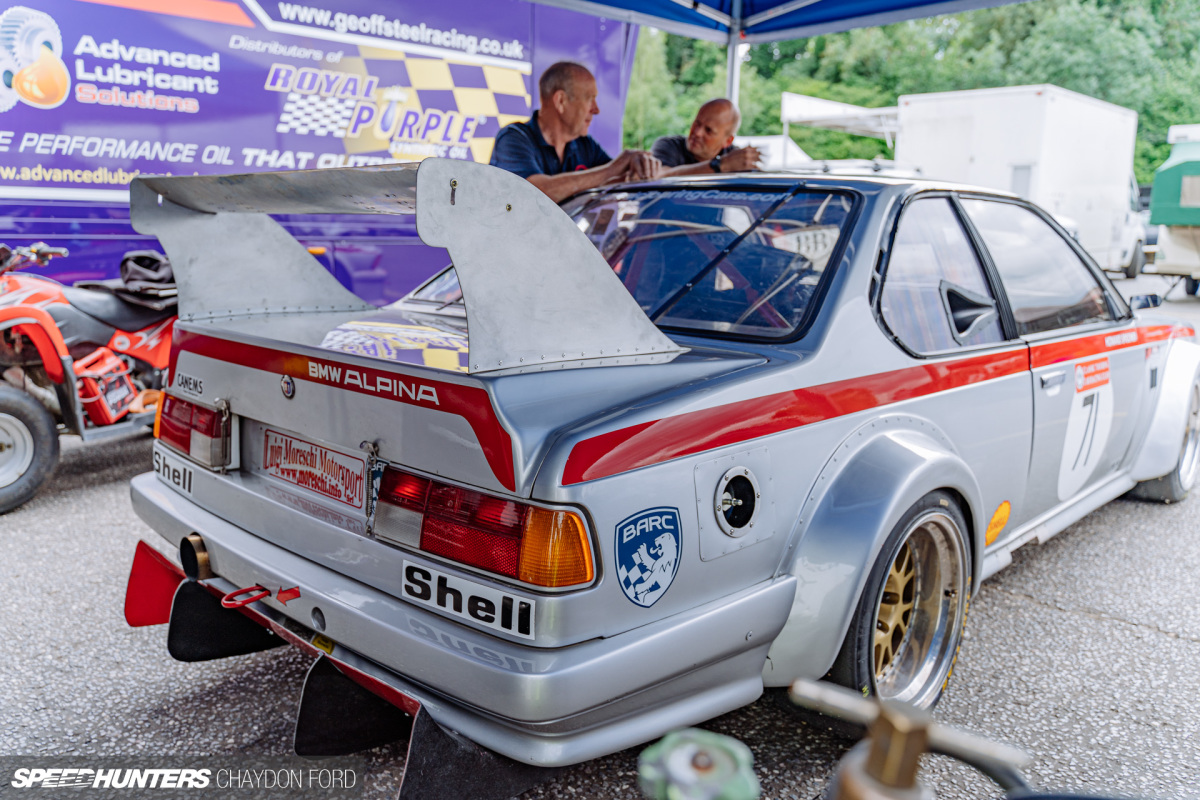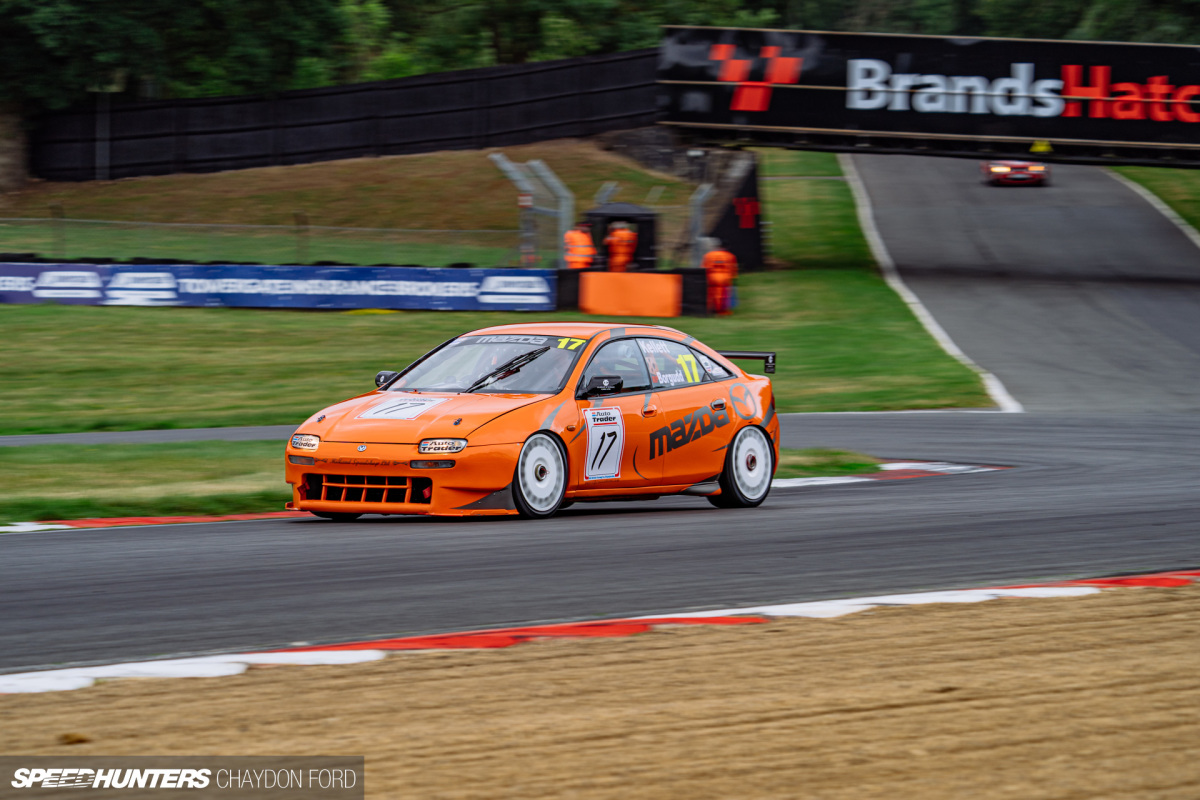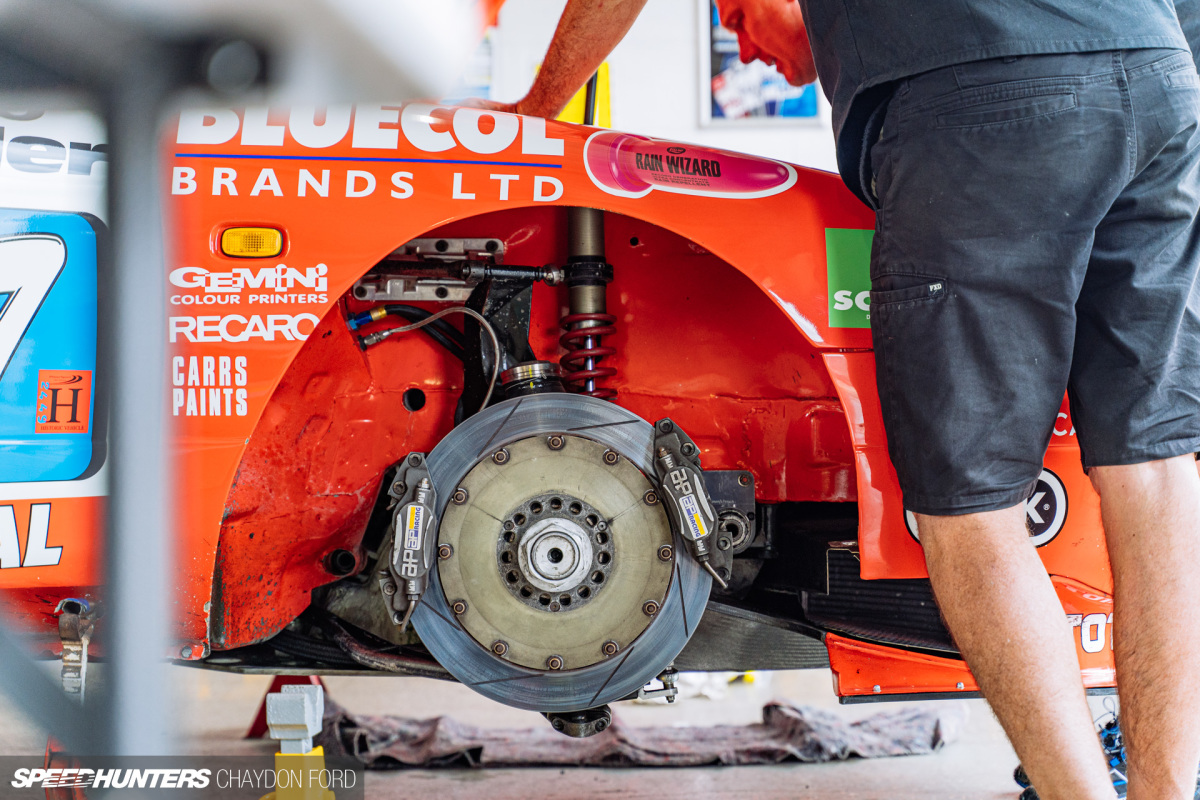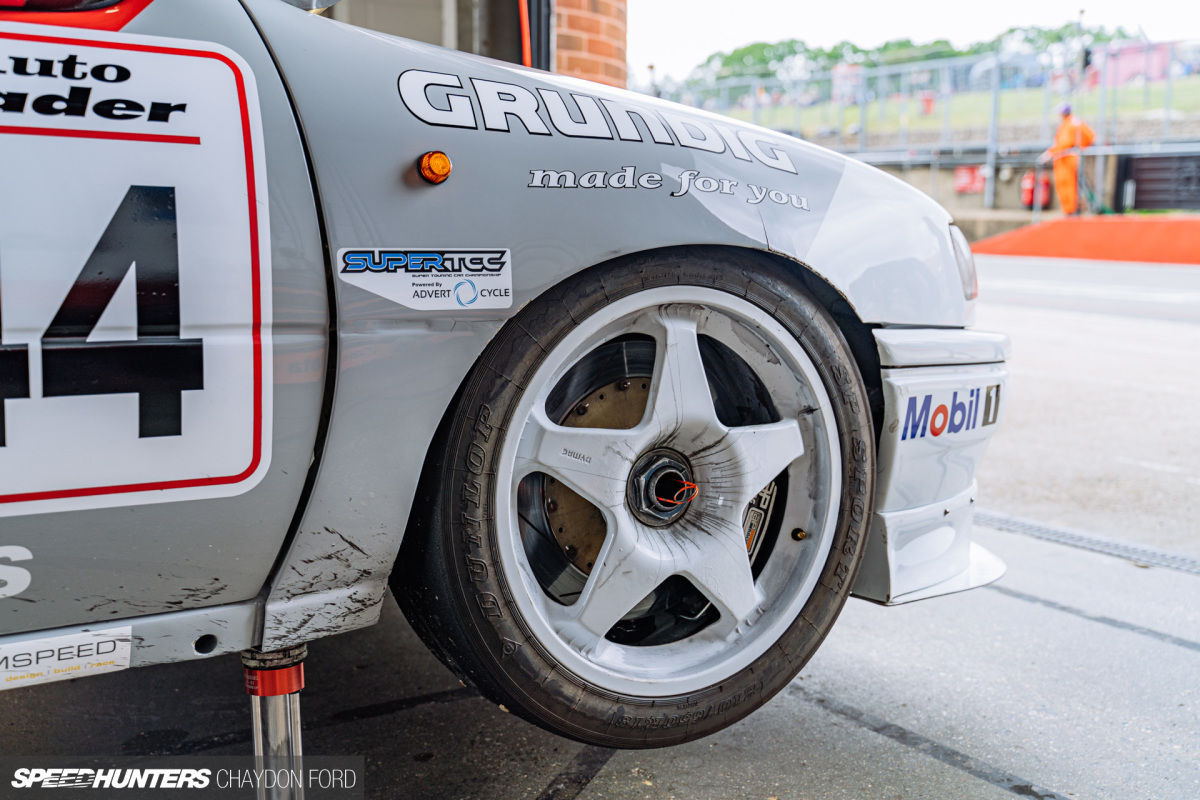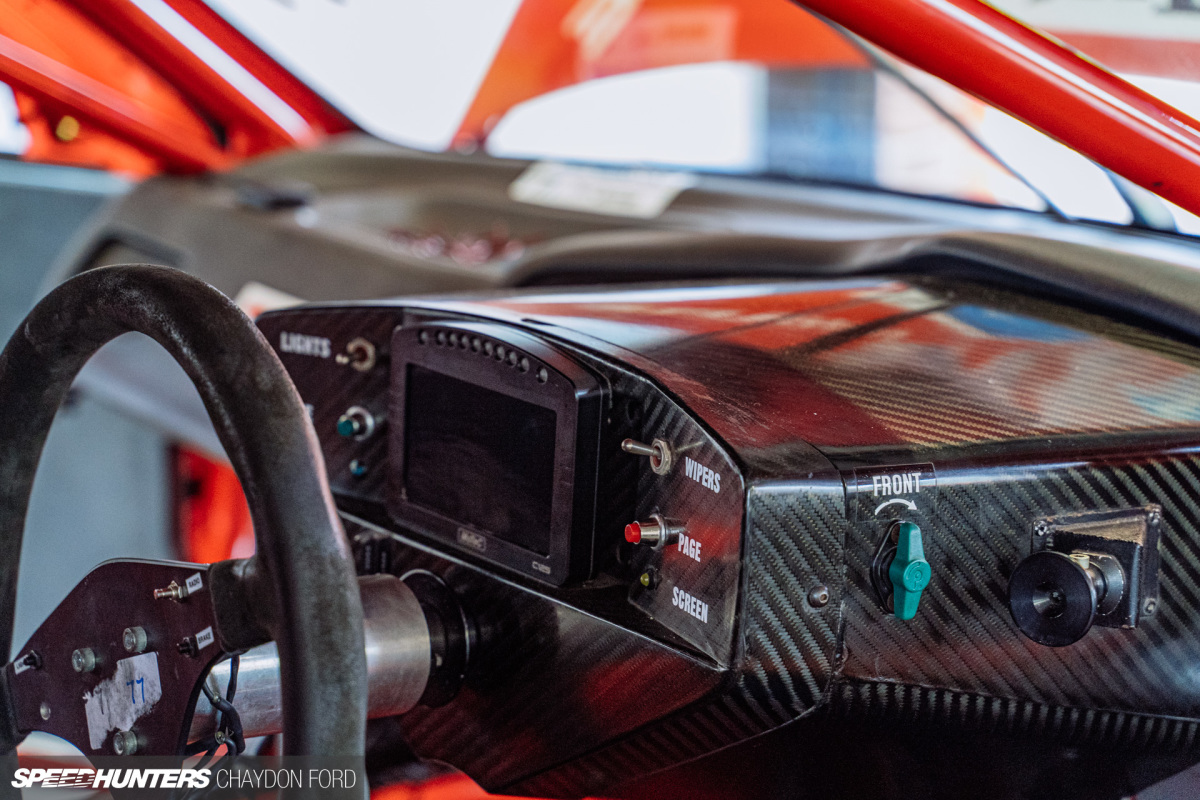Short of Formula 1, not much came close to the spectacle of British Touring Cars in the 1990s.
The budgets were astronomical and the drivers were rockstars, but the cars were relatable with production models they were based from found on most UK driveways. For many of us, the mere mention of Super Tourers conjures up images of tarmac-hugging cars, heated arguments and ultra-close racing.
Understandably, touring cars have evolved in the time since the Super Tourer era, both in the interest of cost reduction and to level the playing field. The racing has remained competitive, but regulations have removed some of the freedom and ingenuity that the ’90s era is famous for.
Super Tourers have raced on occasion in recent years, but the inaugural Super Touring Power event at Brands Hatch Circuit last weekend was the first time these cars have taken part in multiple races over a weekend in some while. It was an opportunity I could not miss.
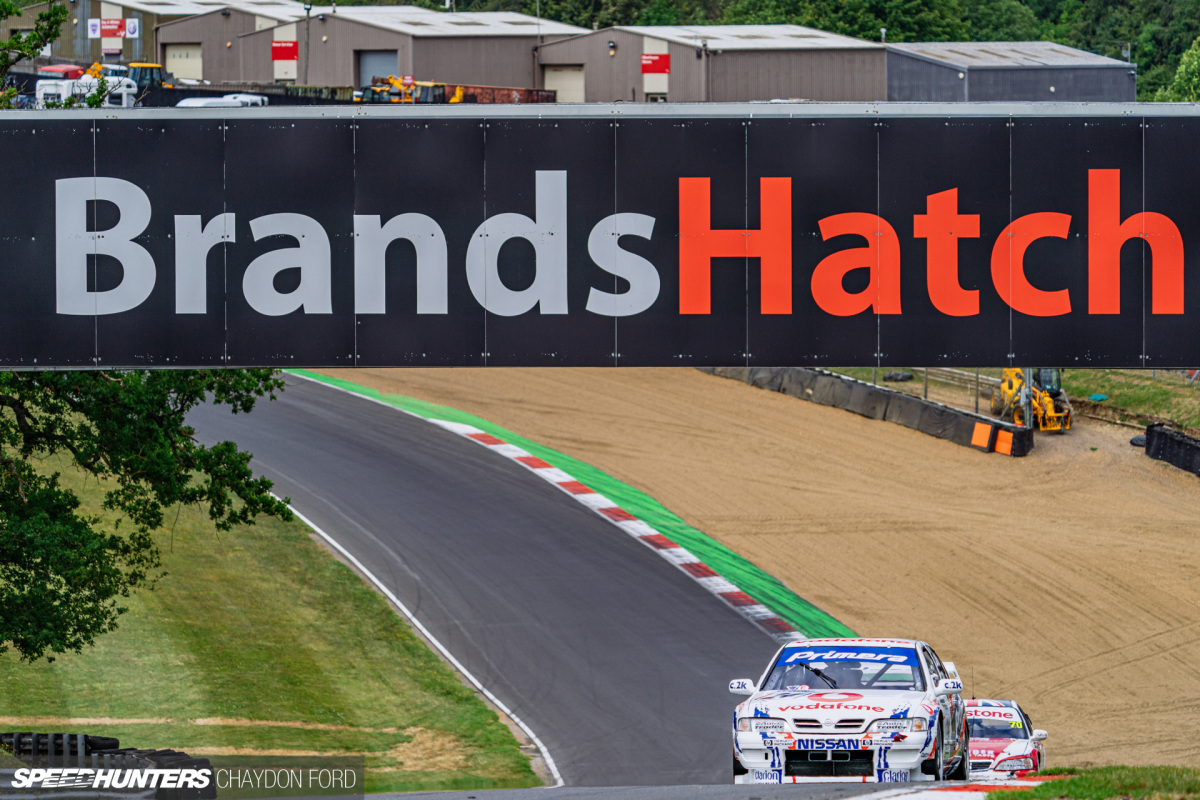
I’d never visited Brands Hatch before, but I quickly understood where its reputation as one of the UK’s best circuits came from. Plenty of undulations and elevation changes mean that vast portions of the circuit are visible from multiple vantage points.
The Classic Touring Car Racing Championship (CTCRC) ran a full weekend of racing, with qualifying and two races per day for the Super Tourers, along with a full schedule of supporting races. Racing took place on the longer GP circuit on Saturday, and the smaller Indy circuit on Sunday.
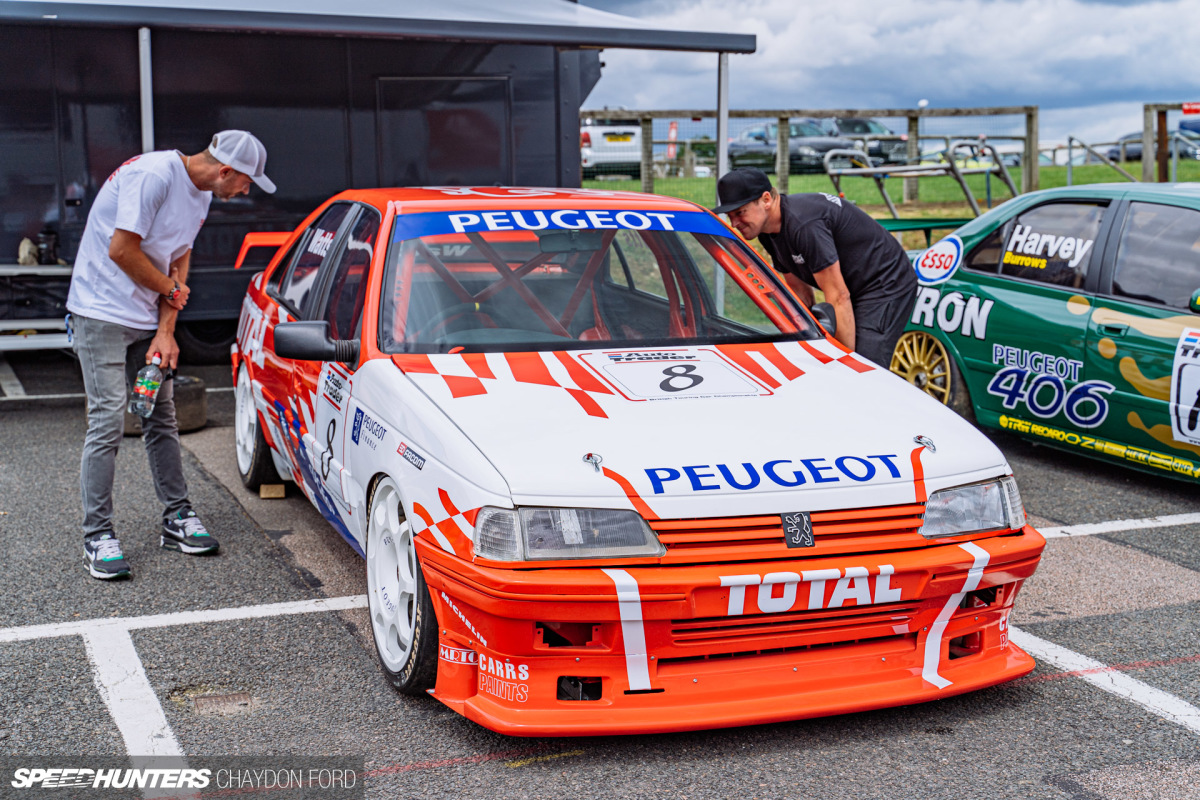
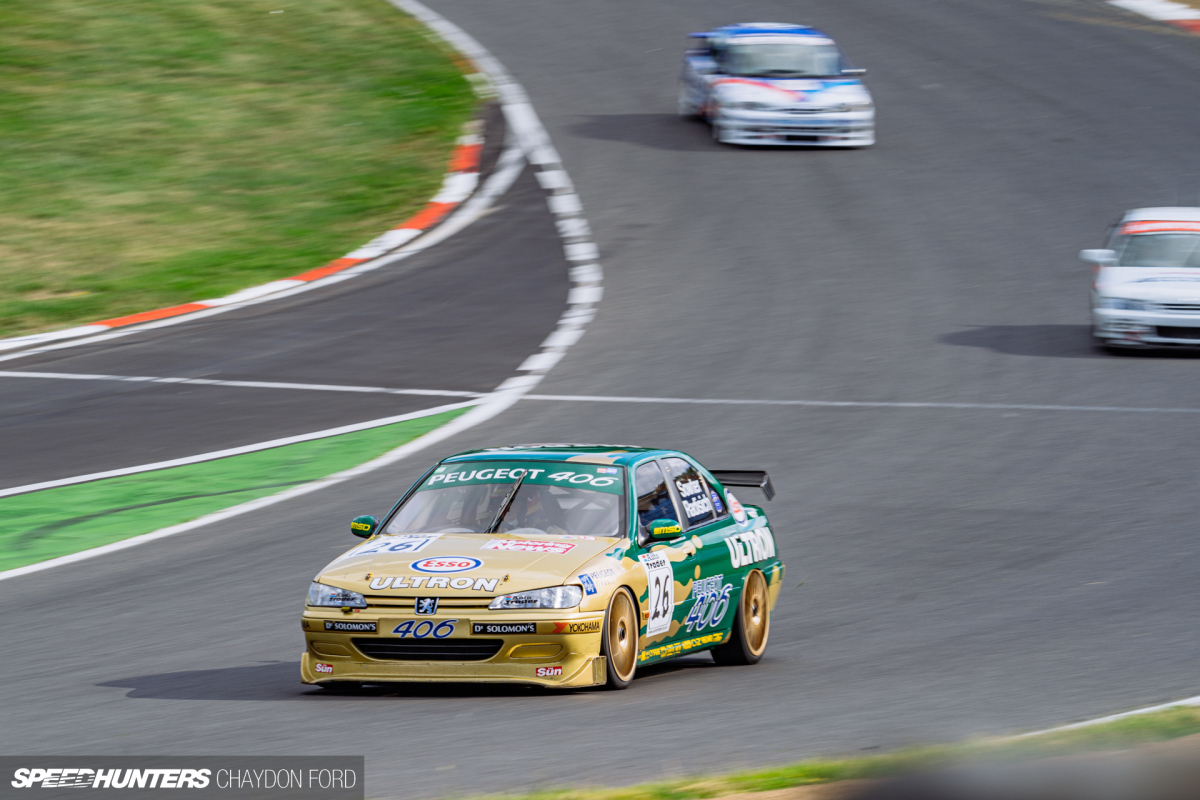
While Super Tourers may look a lot like the production cars they were based upon, under the skin they’re anything but. These were more silhouette-style machines.
The regulations specified mid-size sedans with a maximum engine capacity of 2,000cc and a single driven axle (this changed when Audi entered the Super Tourer ranks, but 4WD was ultimately banned in subsequent seasons). Otherwise, it was down to manufacturers to interpret the rules and get the most out of the cars. For this they turned to revered motorsport names, including Williams, Prodrive, Tom Walkinshaw Racing and RML.
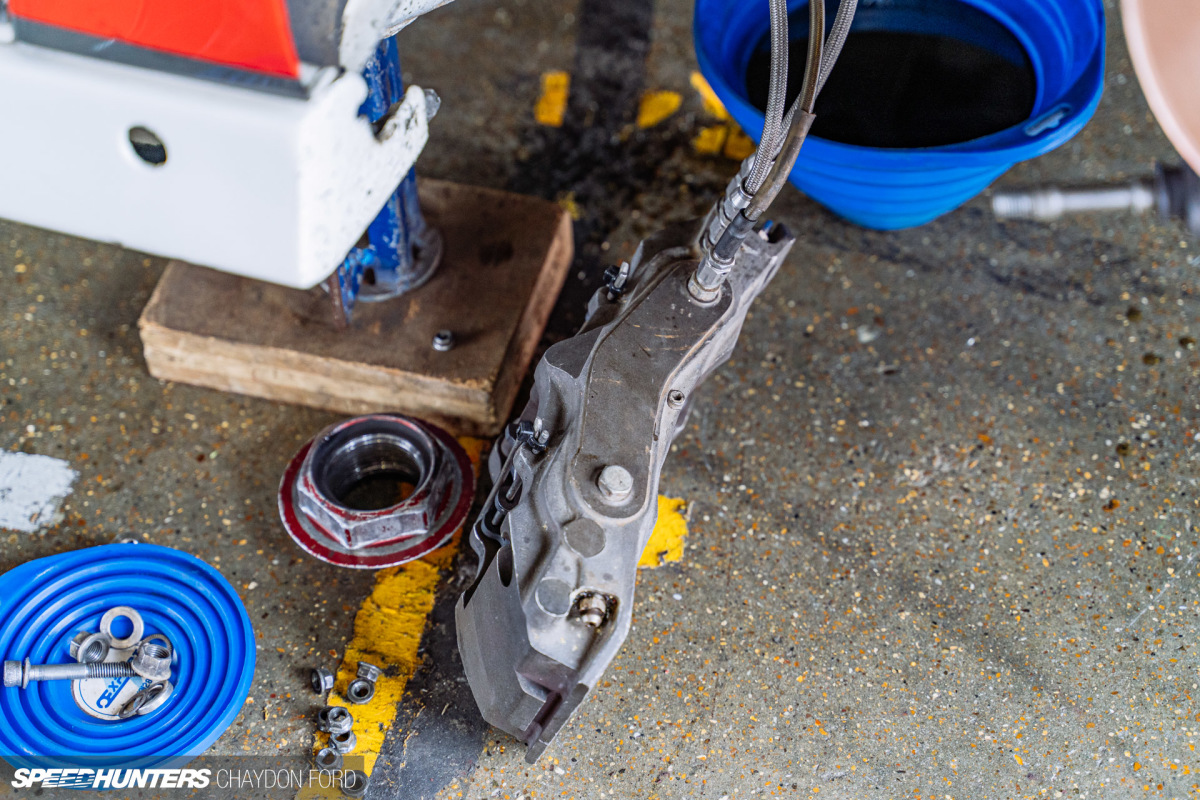
Being able to view the Super Tourers up close provided an opportunity to see just how different they were from road cars. 19-inch wheels were huge for the time, but were required to fit the equally large front brake discs. These were either clamped by a pair of smaller callipers or a single large calliper, which were often water-cooled.
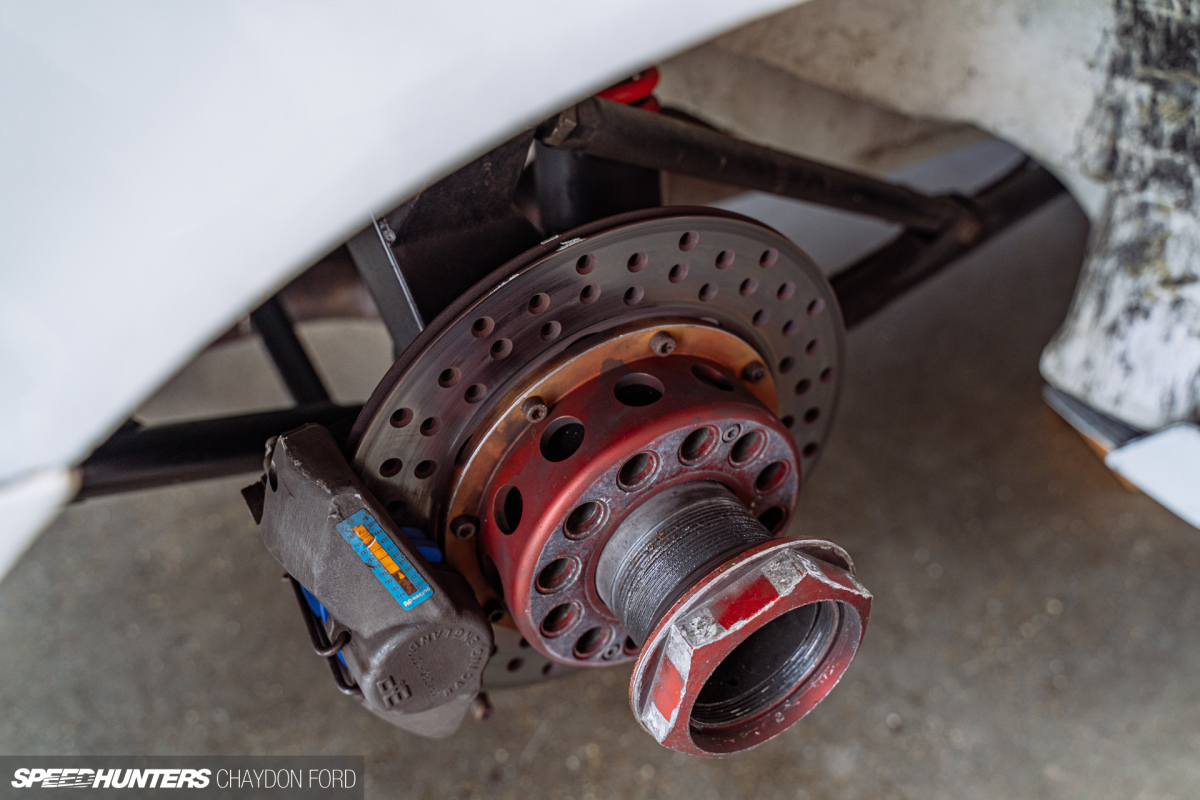
By comparison, the rear brakes did very little of the work and as such were often solid, but heavily drilled out and mounted on a lightened hub.
Suspension was also radically altered, with revised geometry to provide optimal performance. Any shortcomings in the stock suspension was easily overcome.
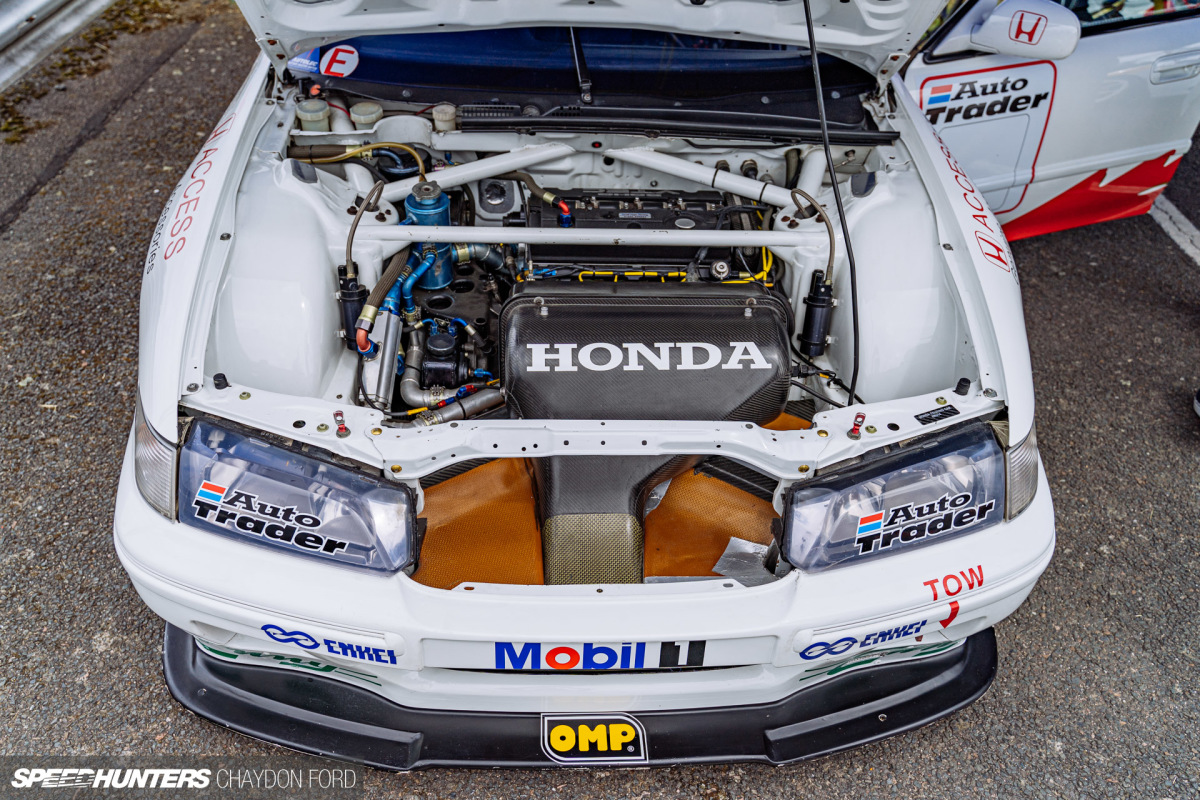
Budgets of well over a £1million per season were often touted, with a large portion of that going into the drivetrain. Teams were free to use any engine up to 2.0L within the manufacturer’s current range, but otherwise had the full knowledge of their engineers applied. Well over 300 horsepower at a heady 8,500rpm rev limit was achieved, with the engines tucked so far back and low in the engine bay (the latter thanks to dry sump systems), that they were almost hidden from view. Throttle bodies faced forward, with ducting to provide a ram-air effect. Honda was one of the manufacturers that went to the effort of reversing the cylinder head on the block for this very reason.
On top of the cars that lined up to race, a selection of Super Tourers ran demonstration laps alongside touring cars from various other eras. The demo-only Super Tourers included this Prodrive Ford Mondeo, which we’ve looked at in previous spotlight.
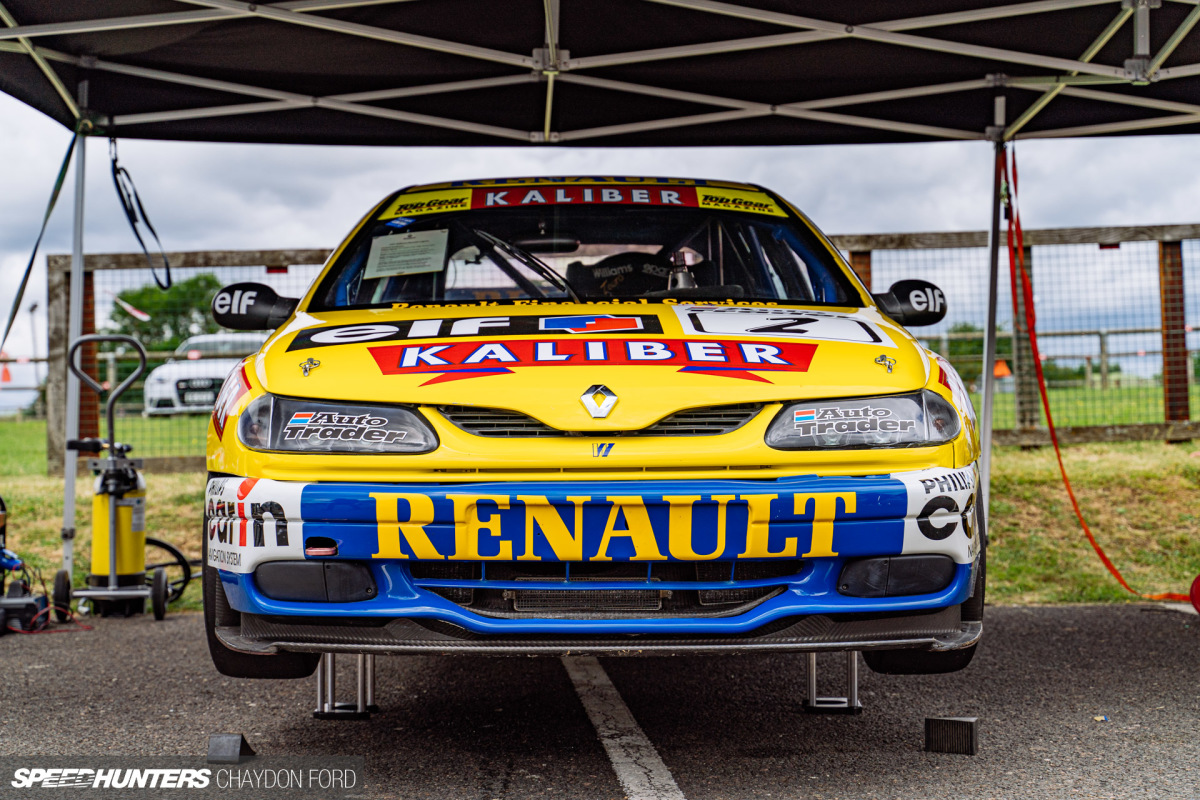
The Renault Laguna warrants a spotlight of its own given its Super Tourer success, so look out for that soon.
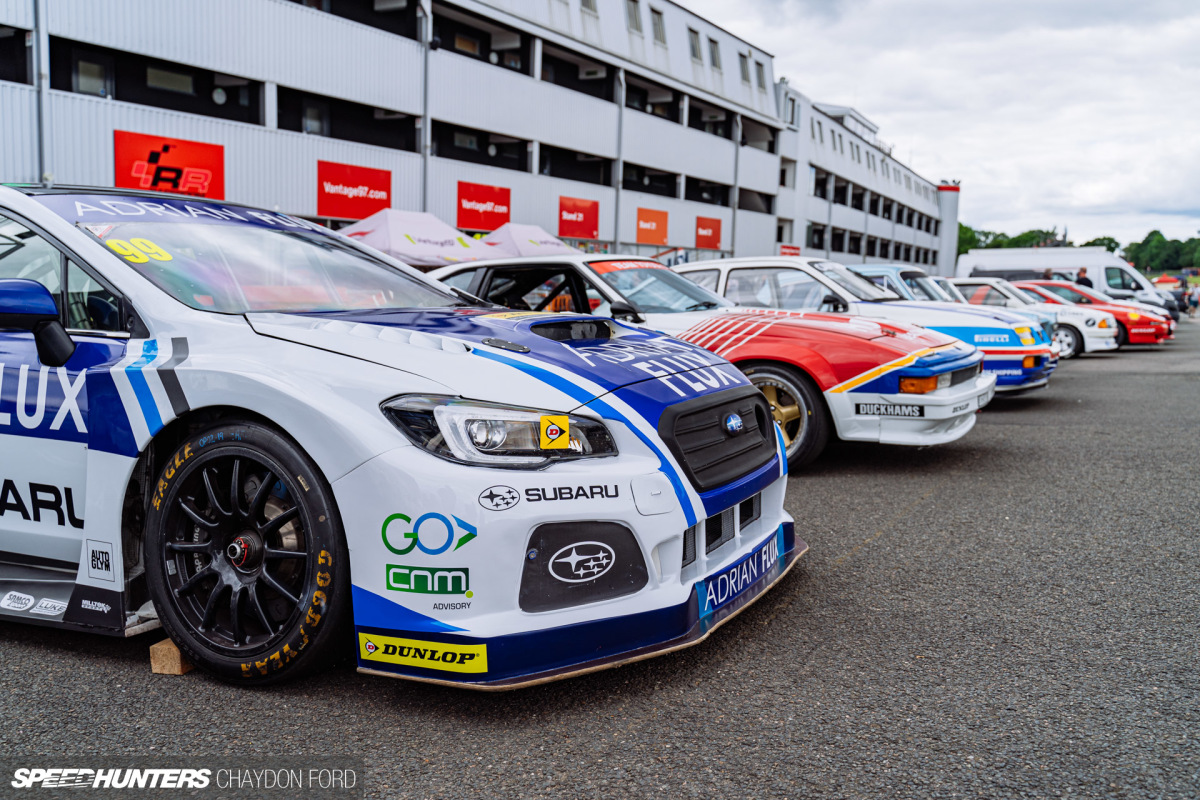
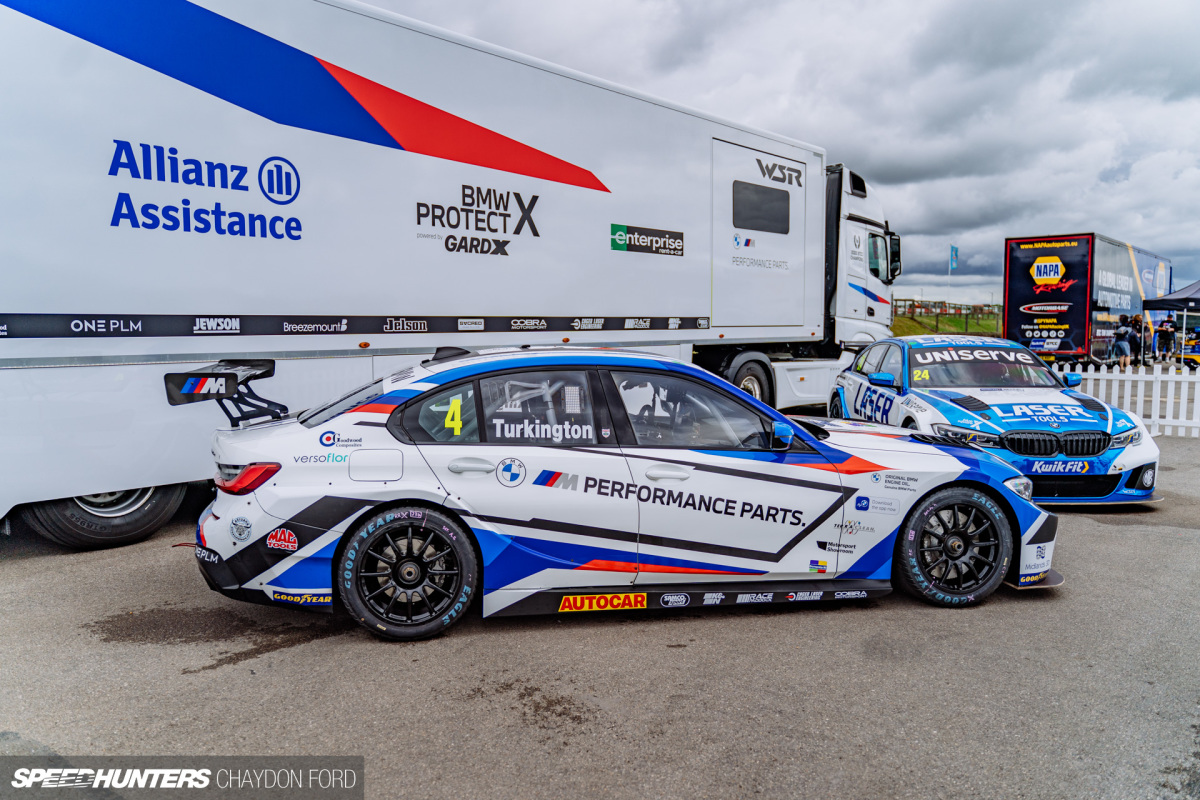
Various touring cars from other eras were also on static display, including the current West Surrey Racing BMW 3 Series. If you want to know more about the latest hybrid touring cars, check out our visit to WSR last year.
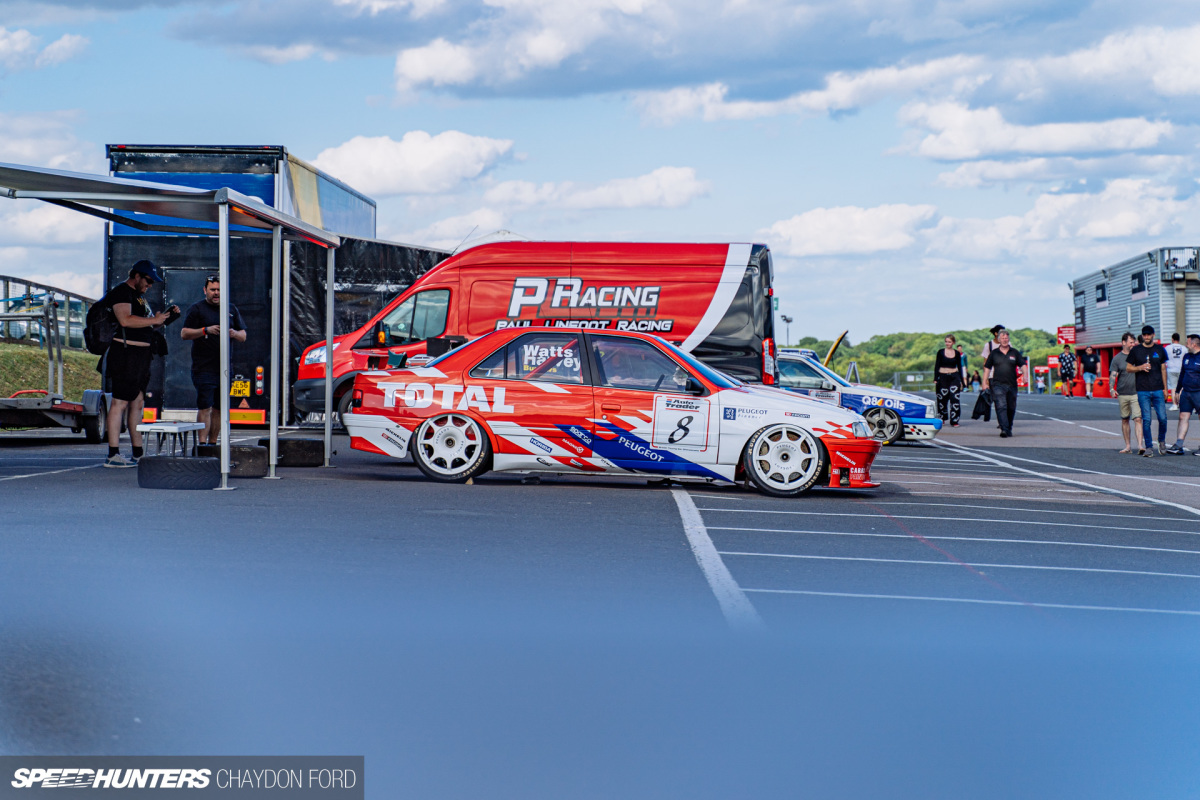
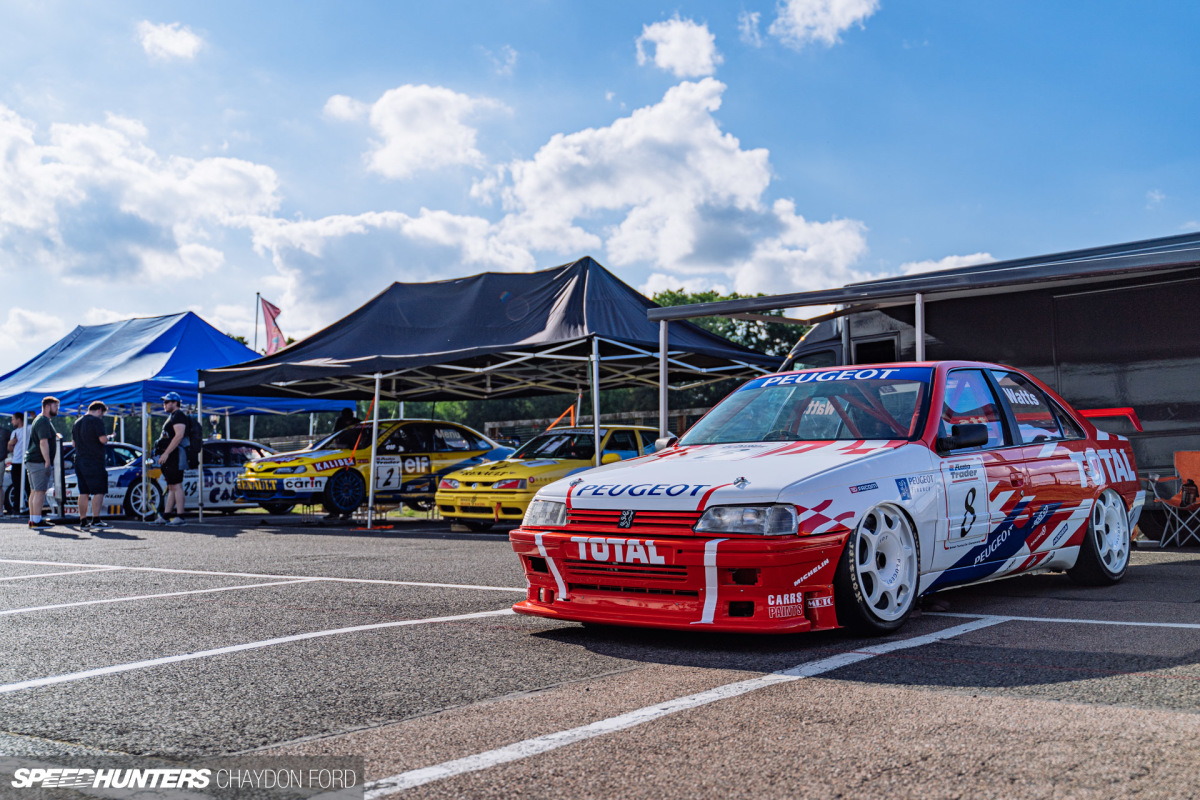
The Peugeot 405 Super Tourer would put many stanced cars running air ride to shame with its tucked wheel and tyre combo.
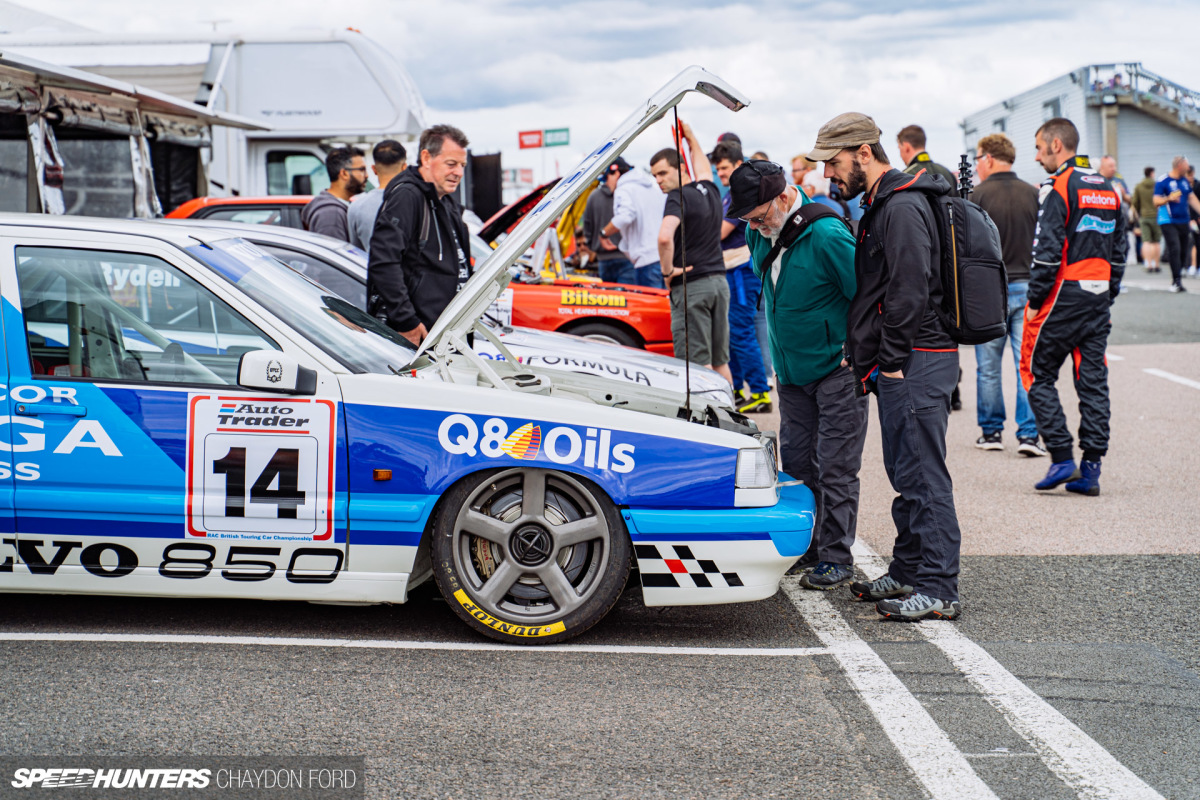
The short-lived, but hugely popular Volvo 850 Estate Super Tourer was on display and will also have a spotlight shone upon it in the coming days.
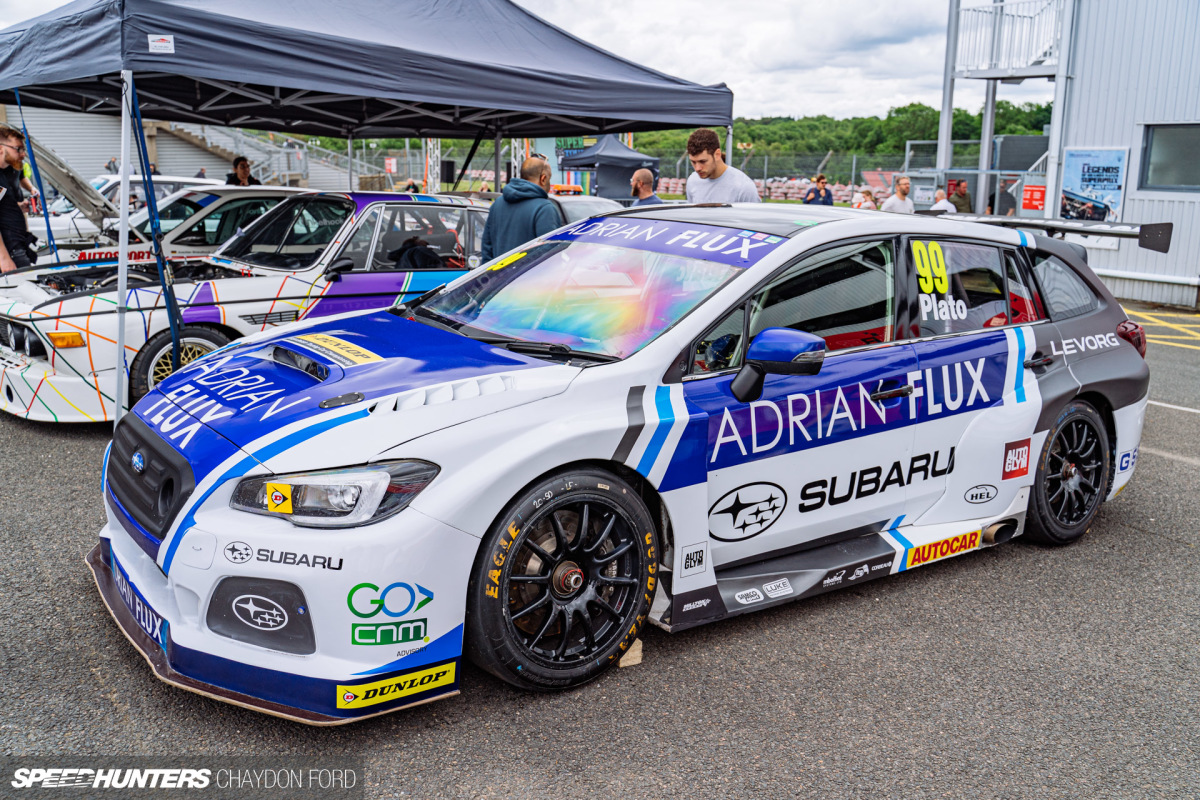
Volvo weren’t the only manufacturer to race an estate, with both Honda and Subaru campaigning wagons in the BTCC. The Levorg proved its worth, taking Ash Sutton to a drivers championship title in 2017.
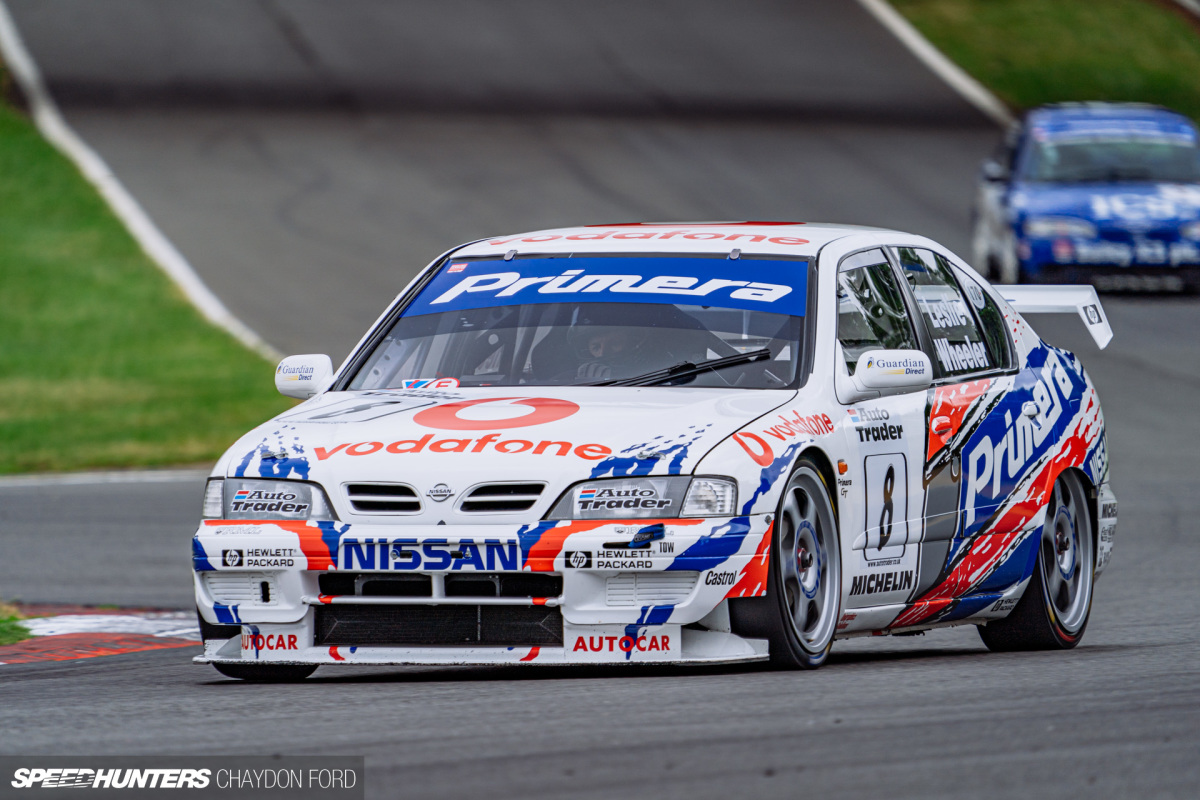
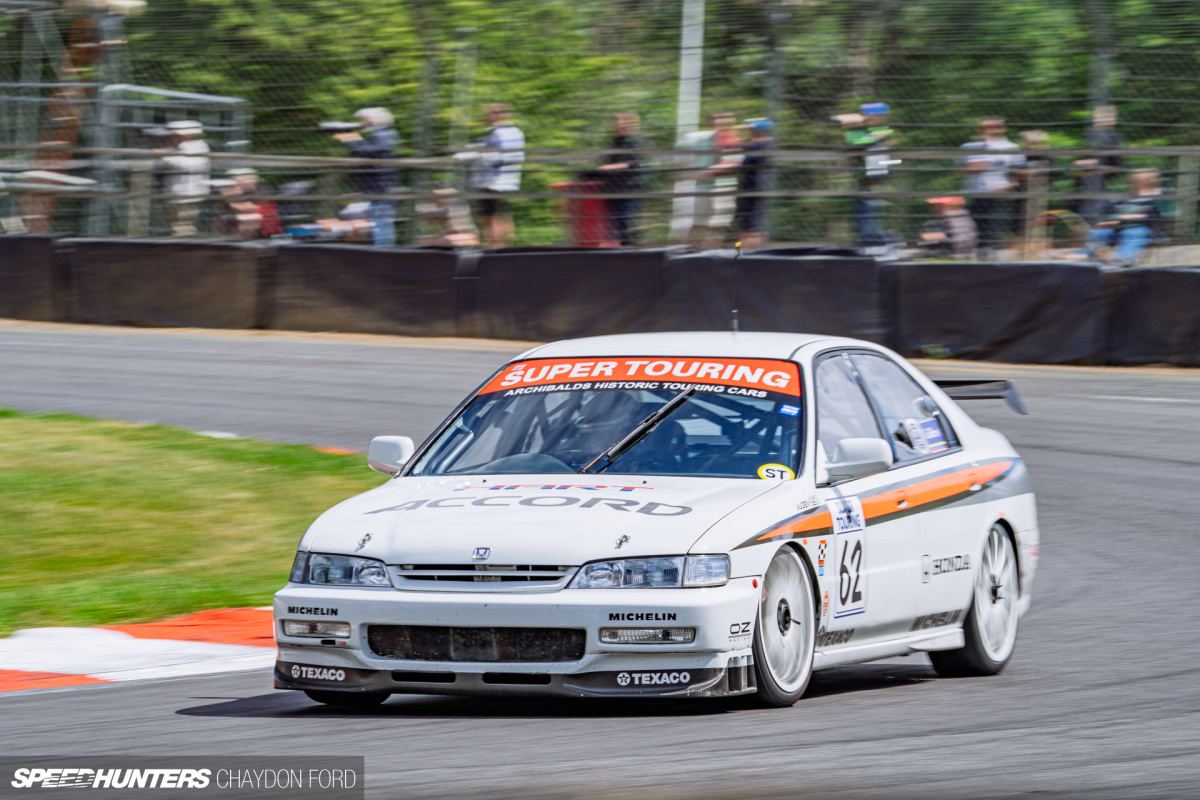
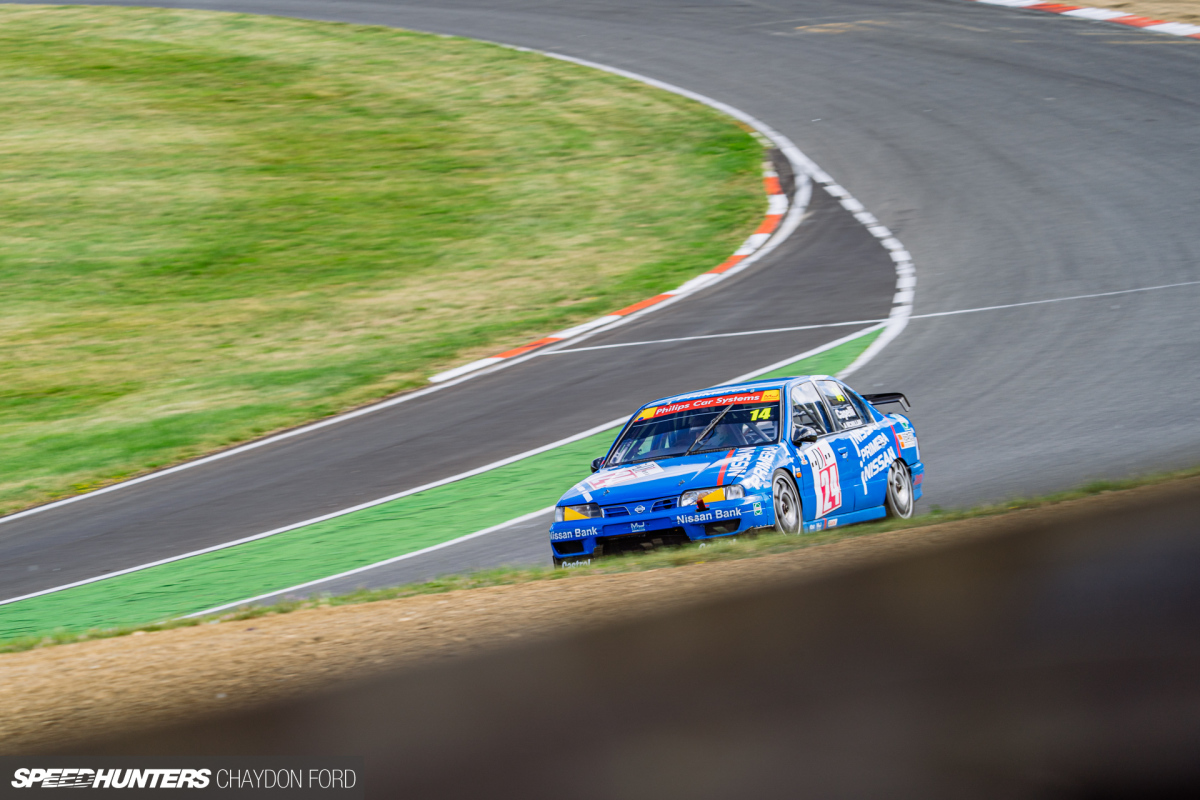
Come race time, everyone was eager to see the cars and drivers battling it out. Witnessing the cars in motion, with induction and exhaust sounds reverberating across the circuit, was enough to give anyone who missed these cars in period a taste of what they missed. There was close racing across the sessions, with Jake Hill expertly driving the Nissan Primera to the podium in all four races.
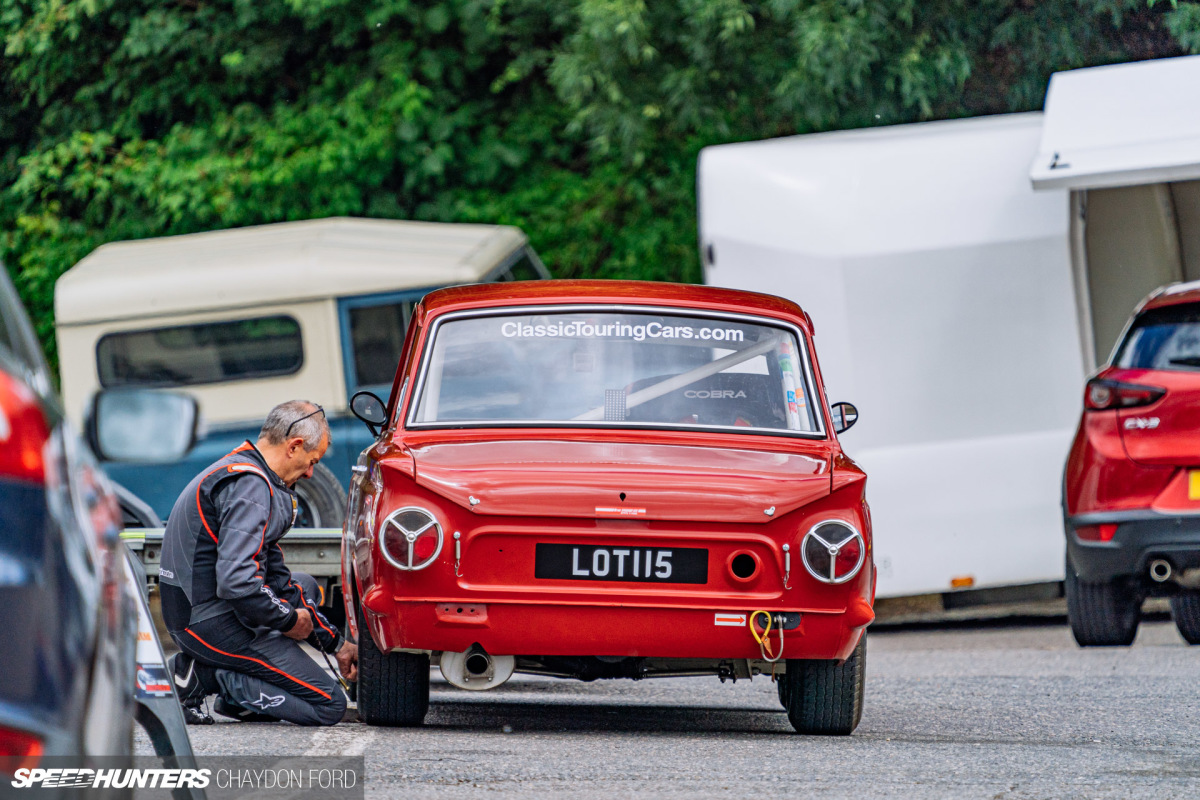
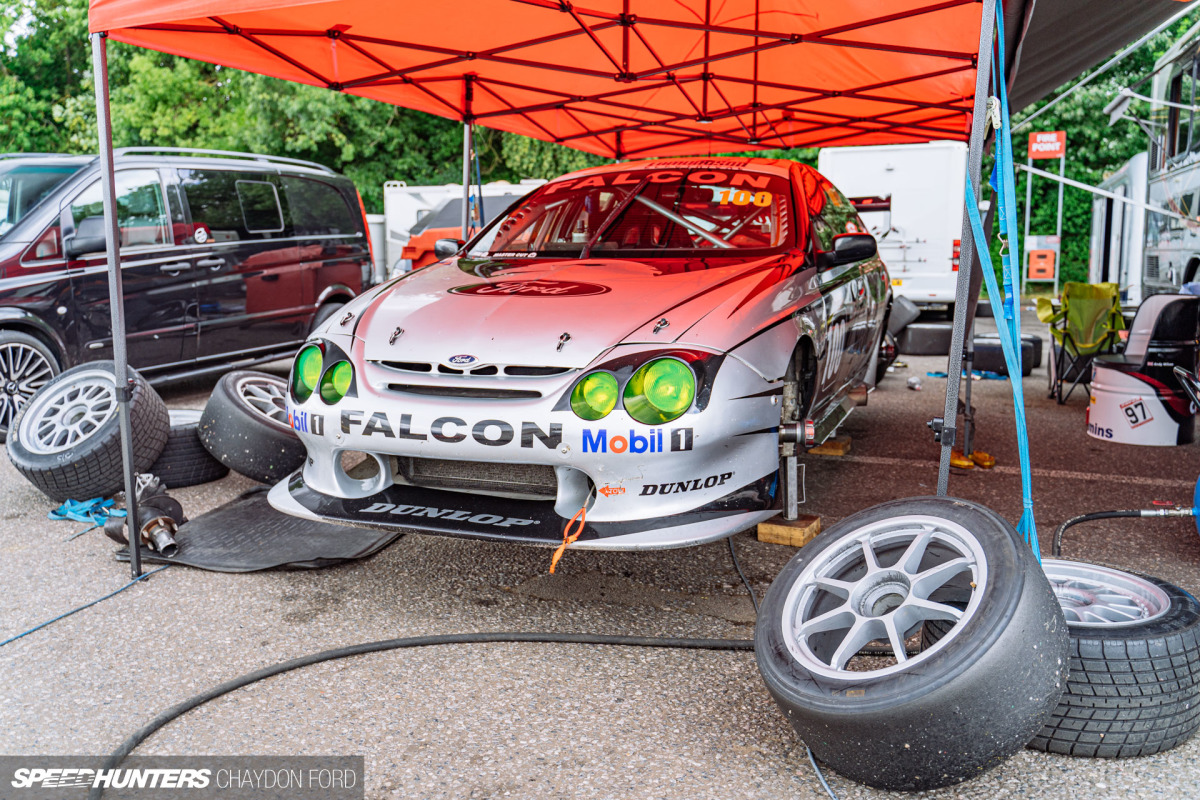
The support races deserve a mention too, as these privateers are largely self-funded with their teams mostly consisting of friends and family. They compete for little or no monetary gain, purely for the love of racing and the chance to stand atop the podium.
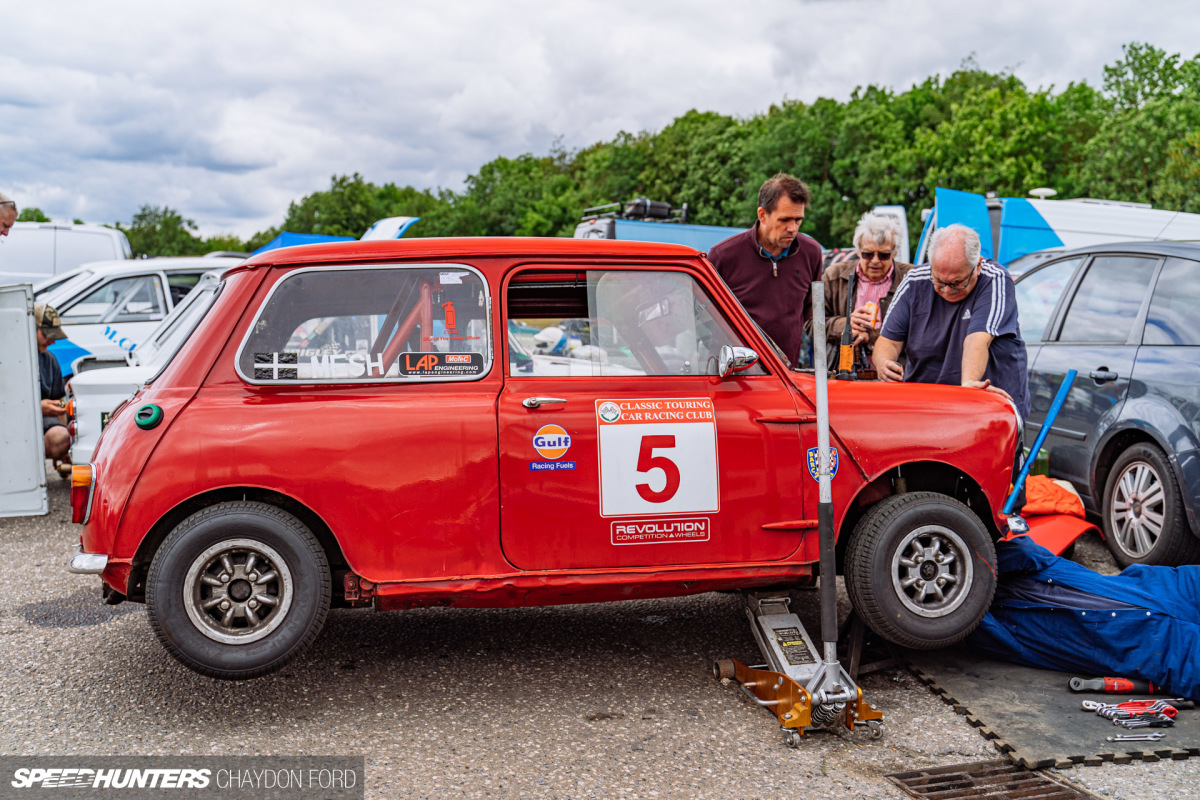
A huge variety of cars across all the classes conform to a ruleset which produces close racing. In turn, this meant every paddock area revealed something special. The sheer number of E46 BMW M3s and Renault Clios reaffirmed just how capable these cars are on track, but seeing the unconventional choice is refreshing. The BMW Alpina 635 Turbo above was originally a Group 5 race car.
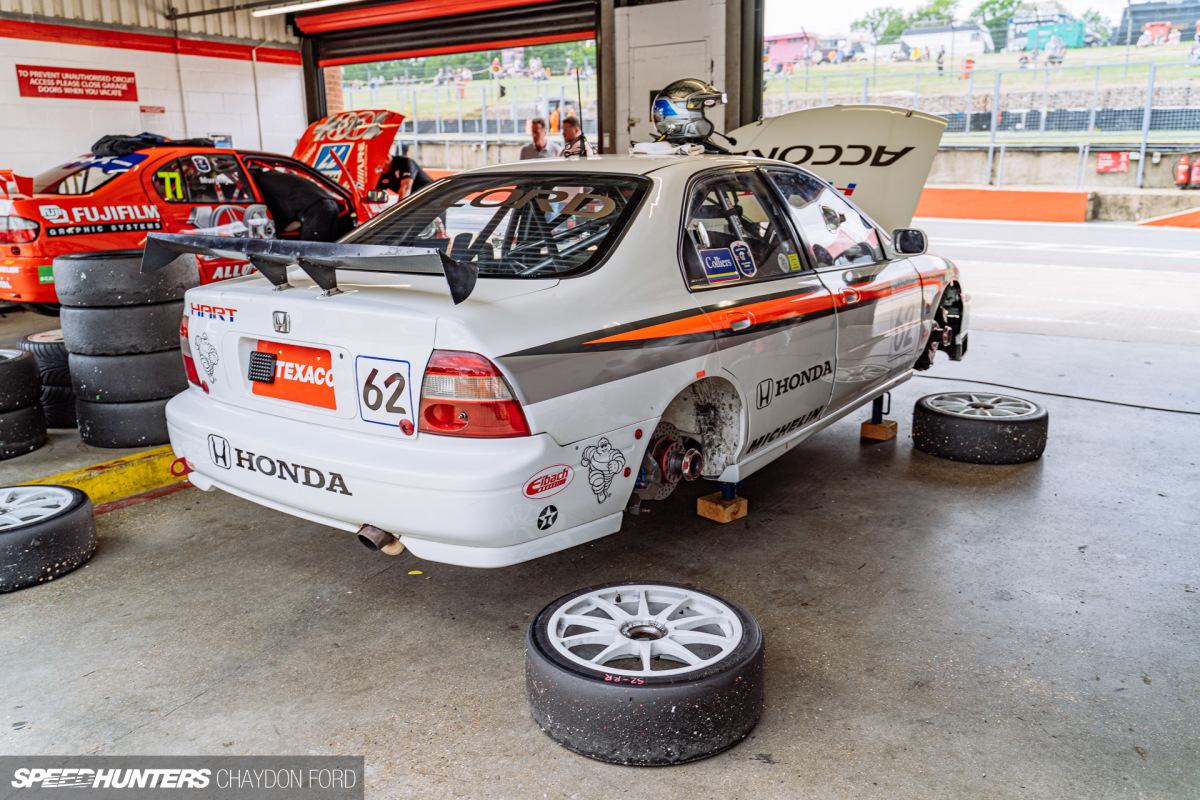
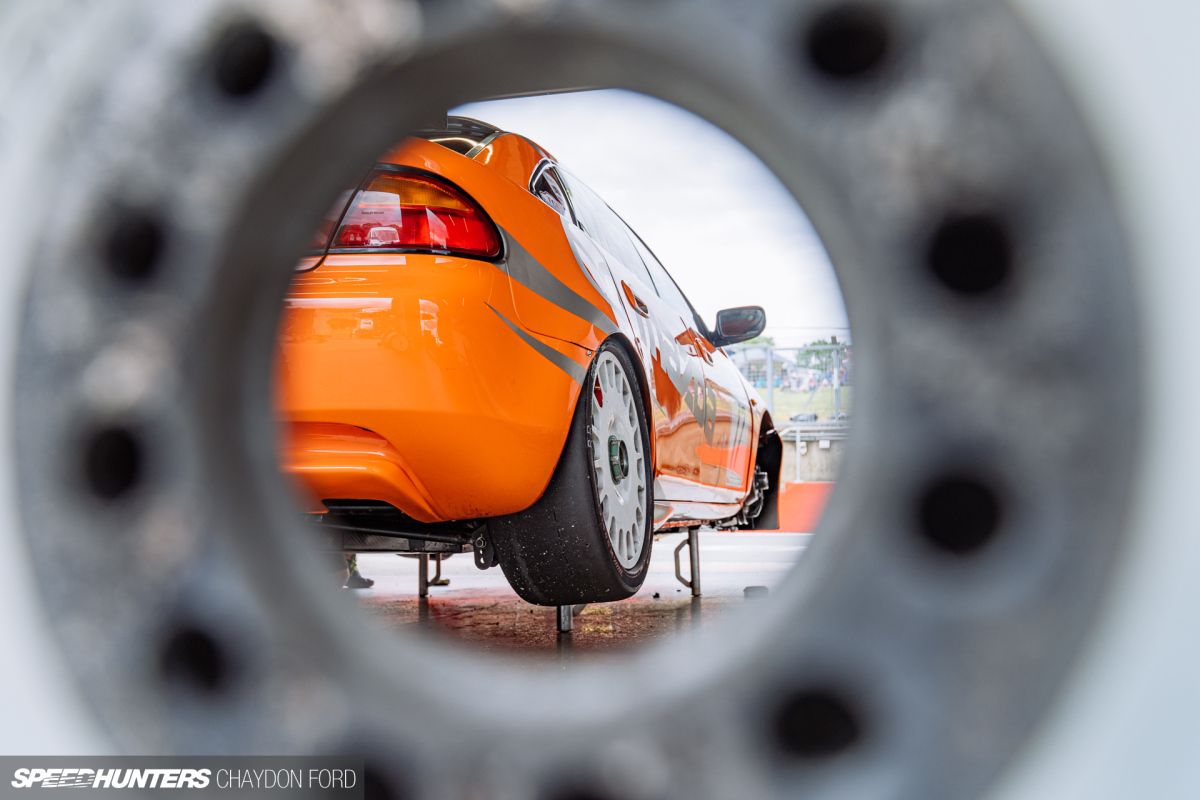
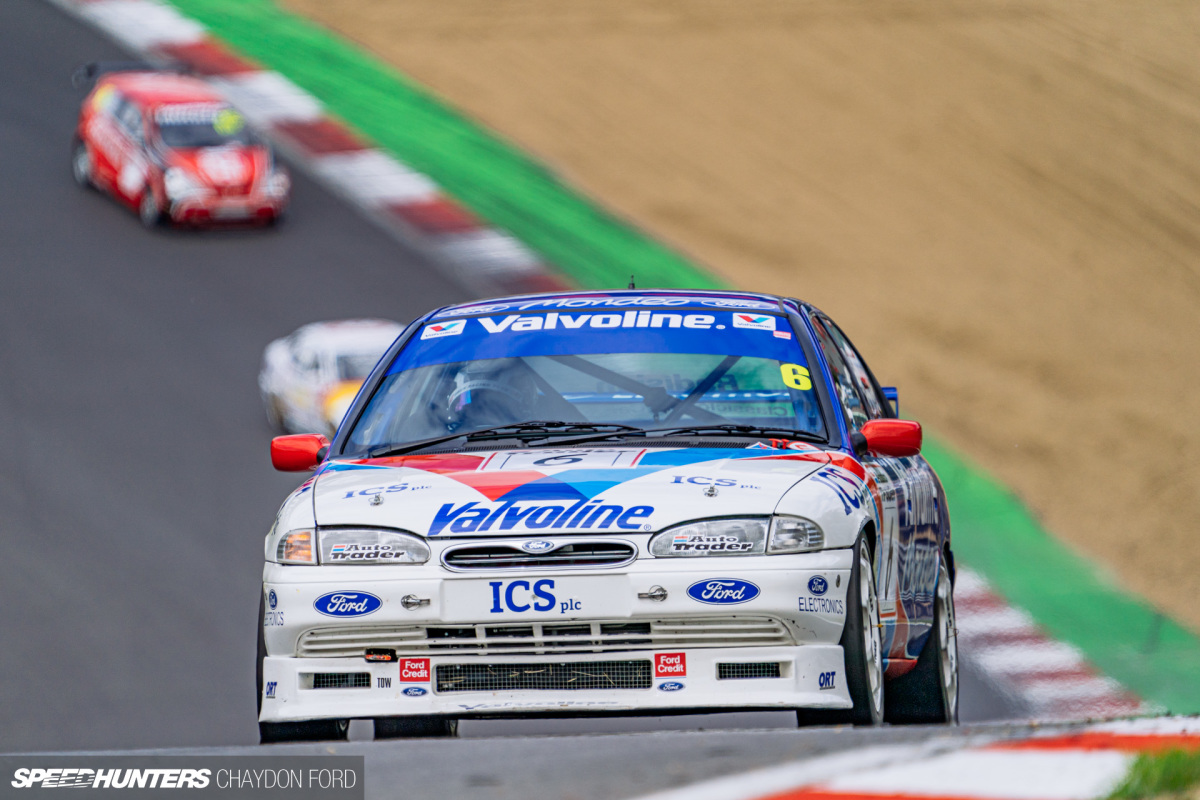
Running a Super Tourer wasn’t cheap in period and nothing’s changed since, which is hardly surprising given these cars were built with Formula 1 levels of technology for the time. Estimated figures of around £10,000 for a weekend of racing – when you take into account the routine rebuild costs for the motor and gearbox – are par for the course. But irrespective of the costs, those fortunate enough to be able to campaign a Super Tourer today are living out their ’90s racing dreams.
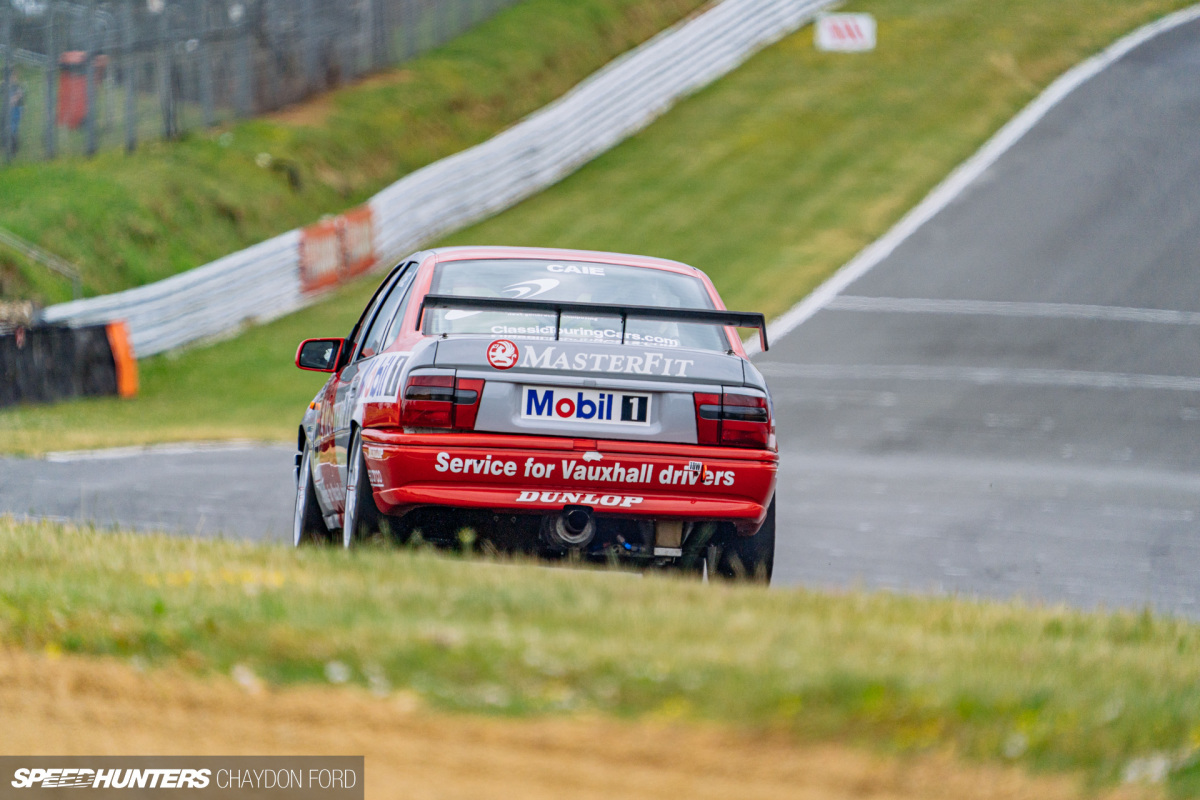
While very few of us will ever get to experience these cars from behind the wheel, getting to see them out on track racing bumper to bumper is the next best thing. It sure beats watching grainy VHS uploads on YouTube.
Chaydon Ford
Instagram: chaycore

